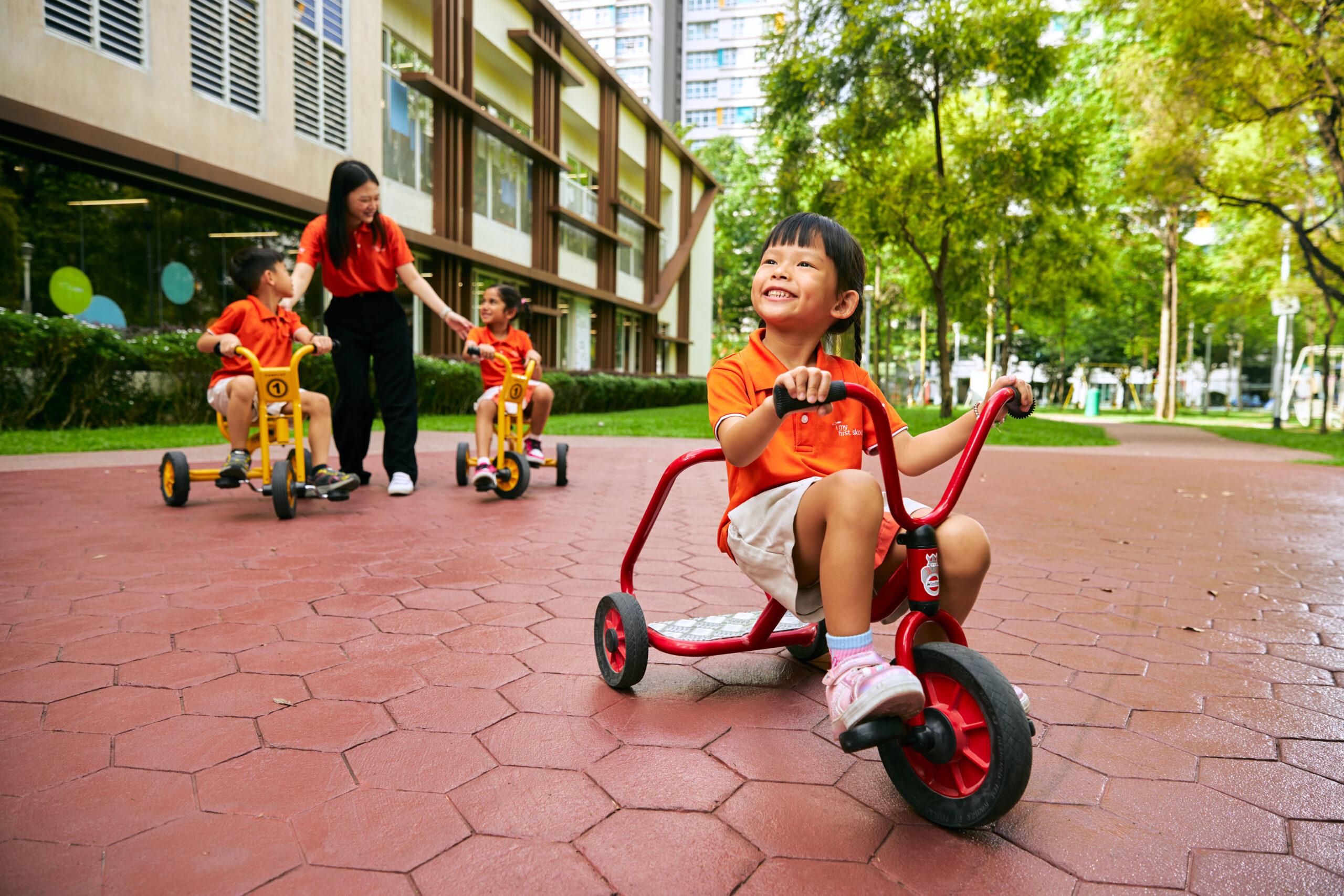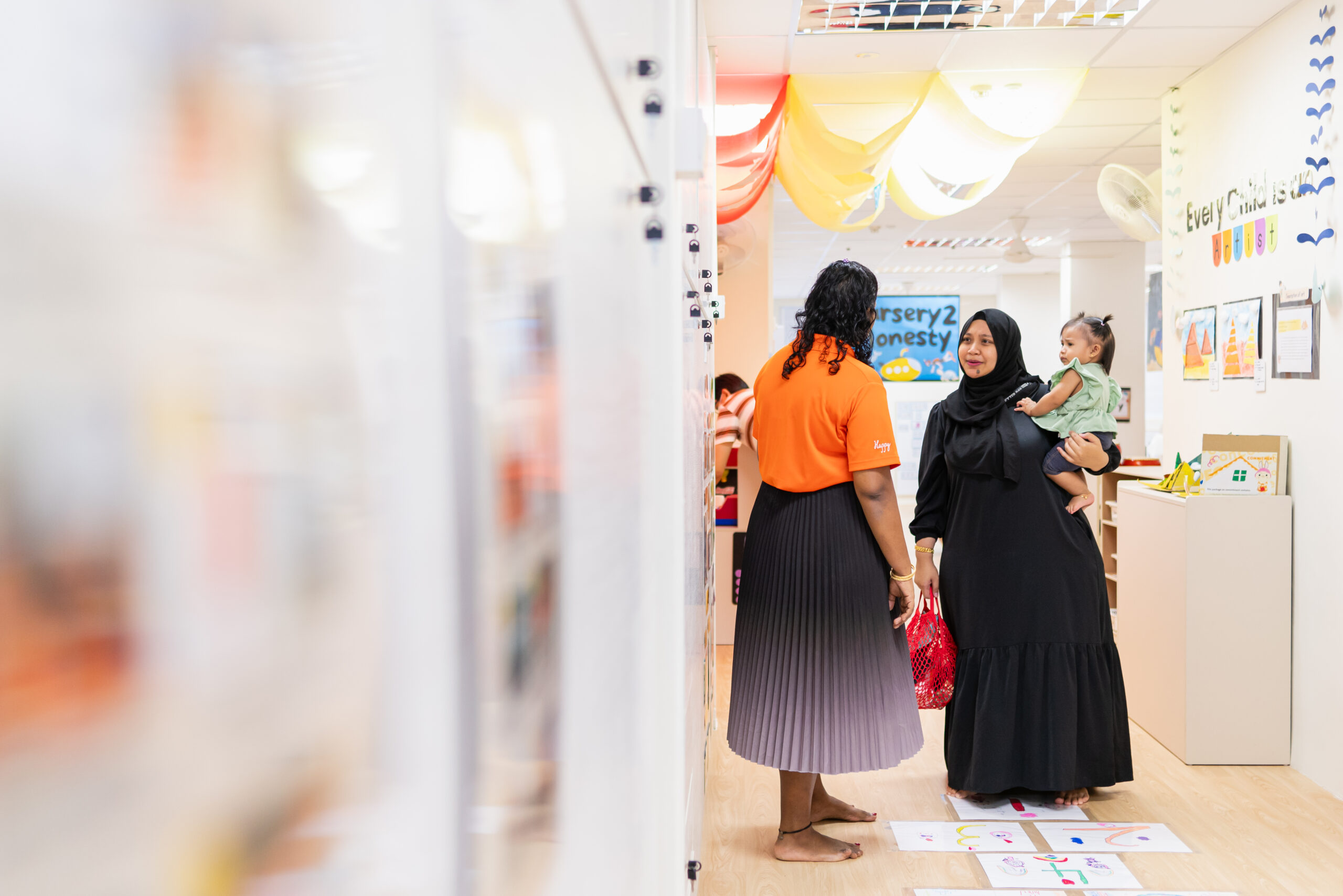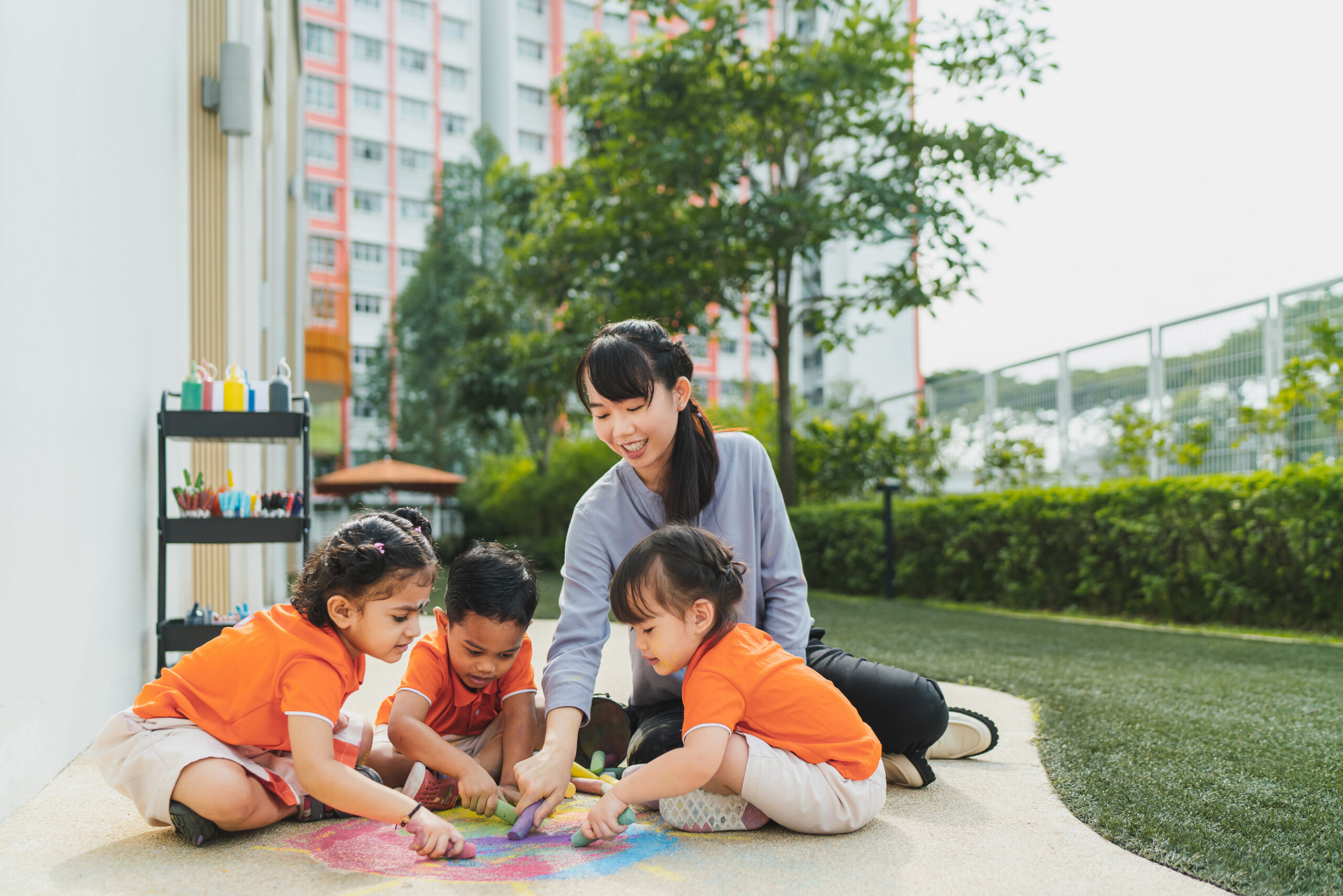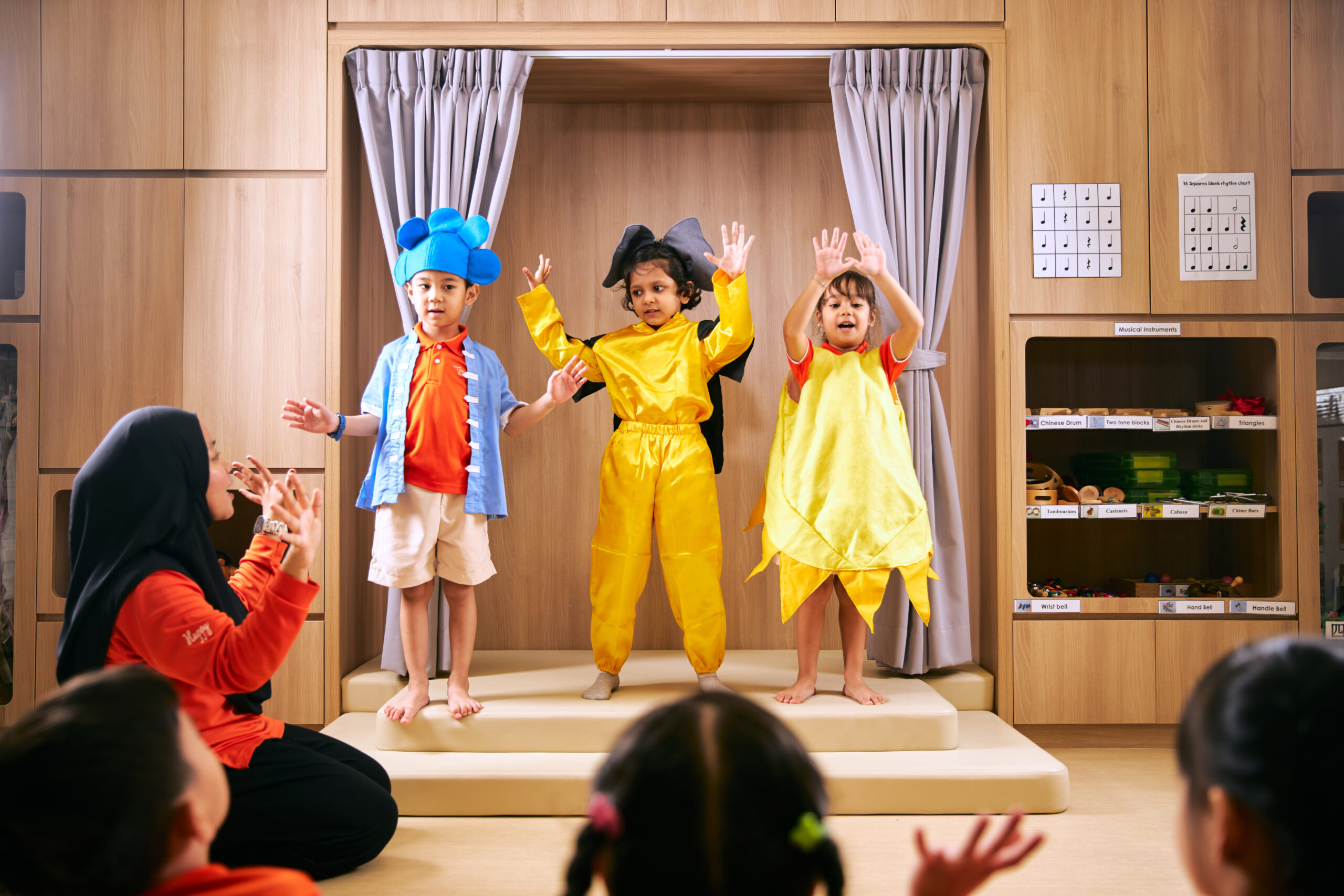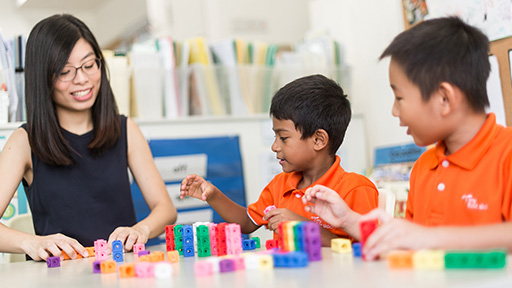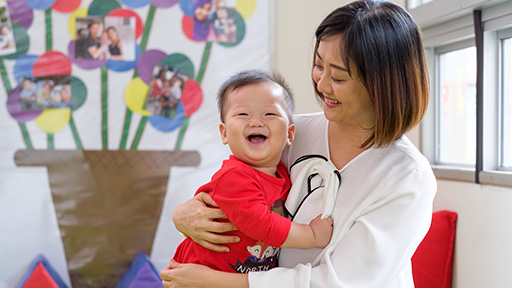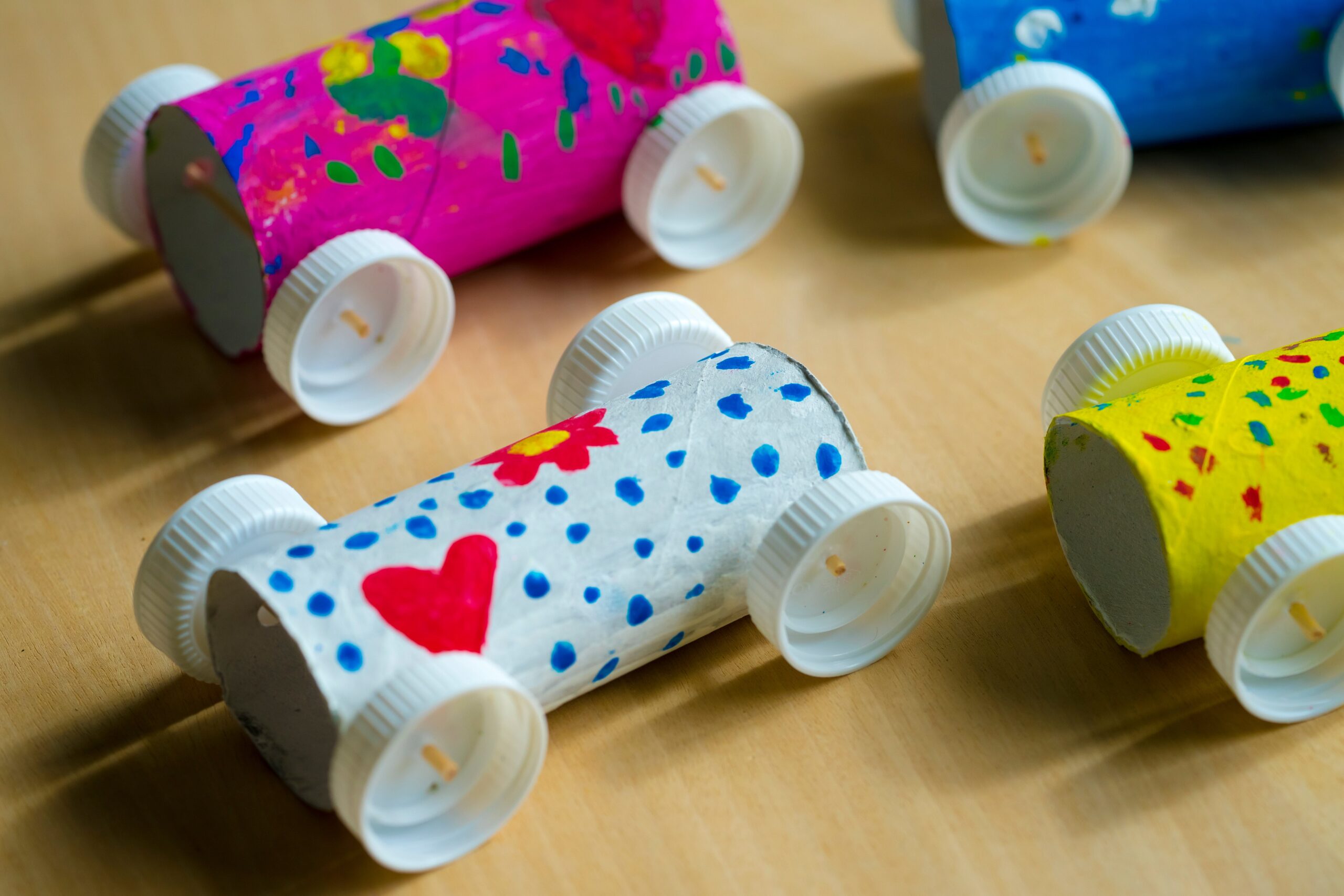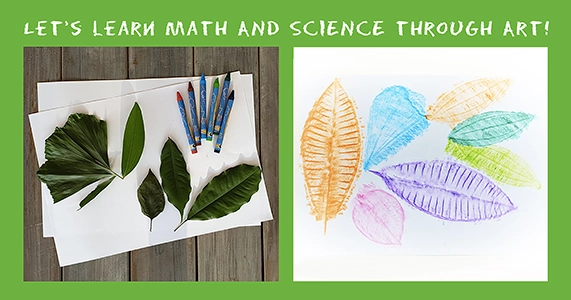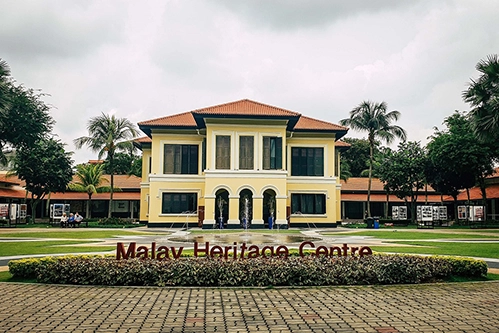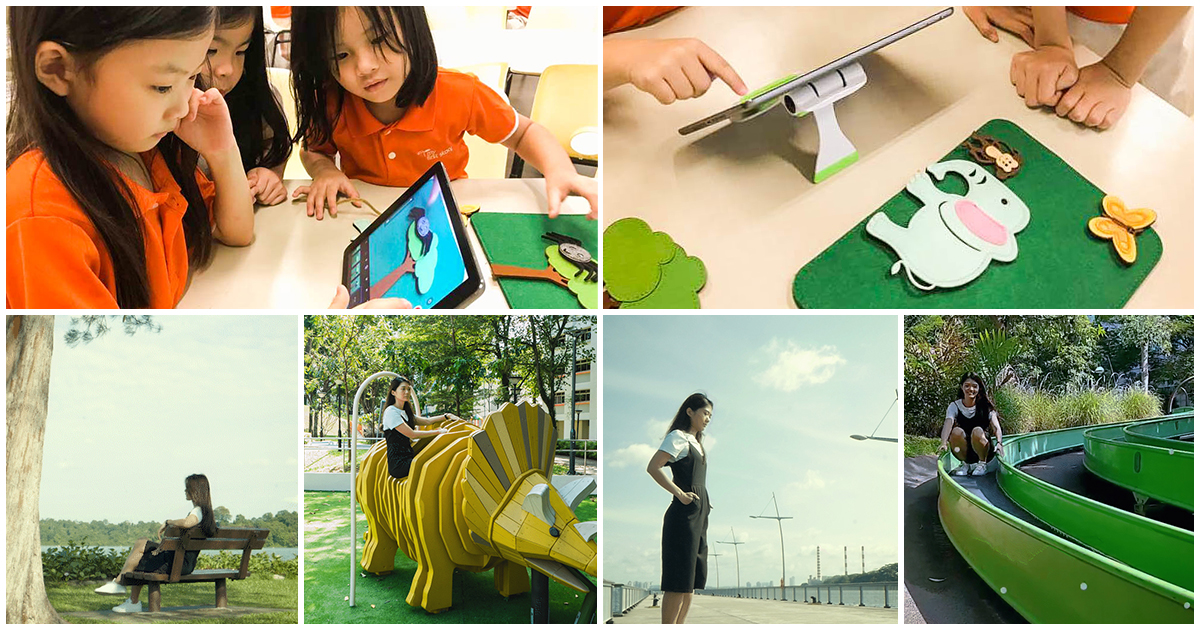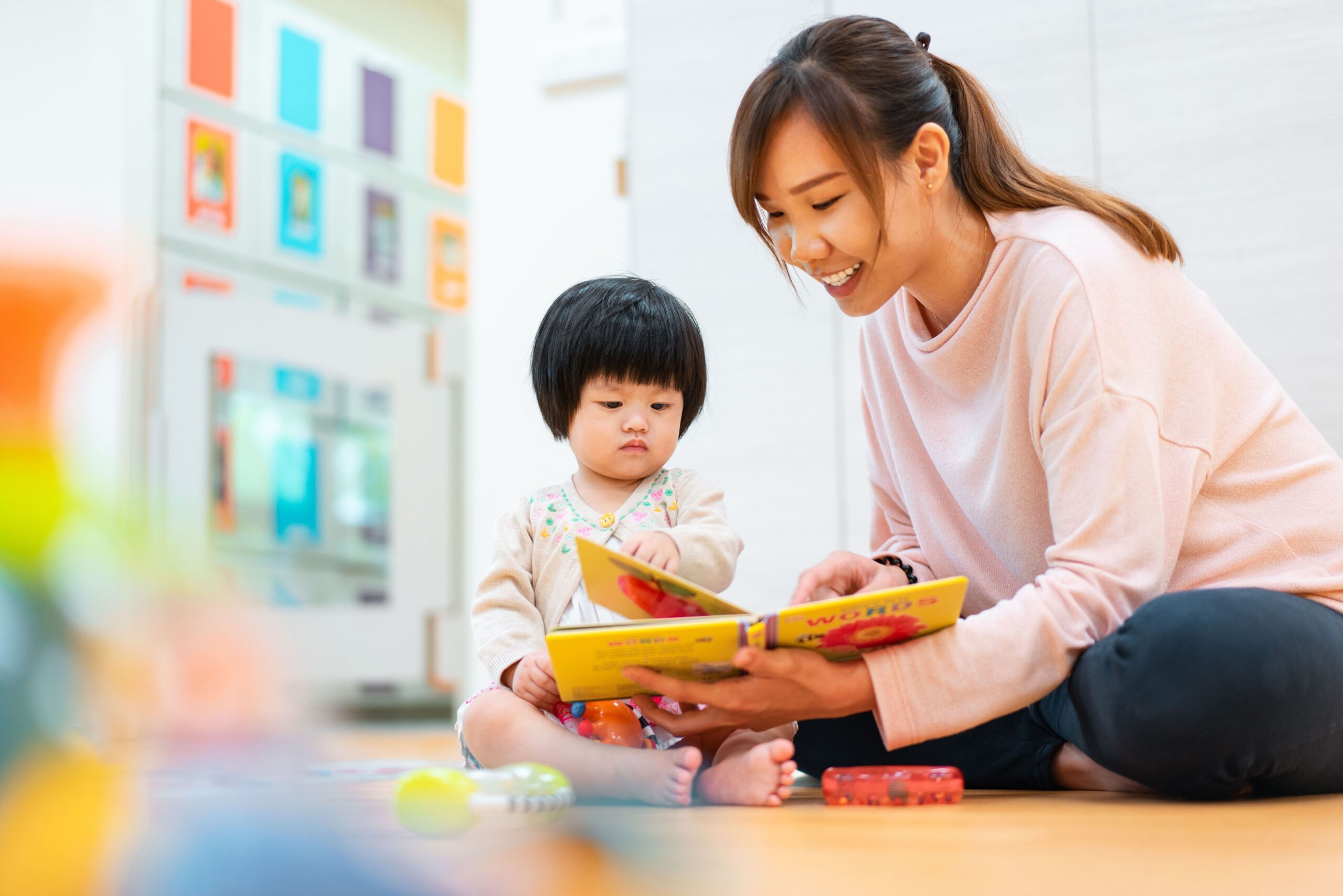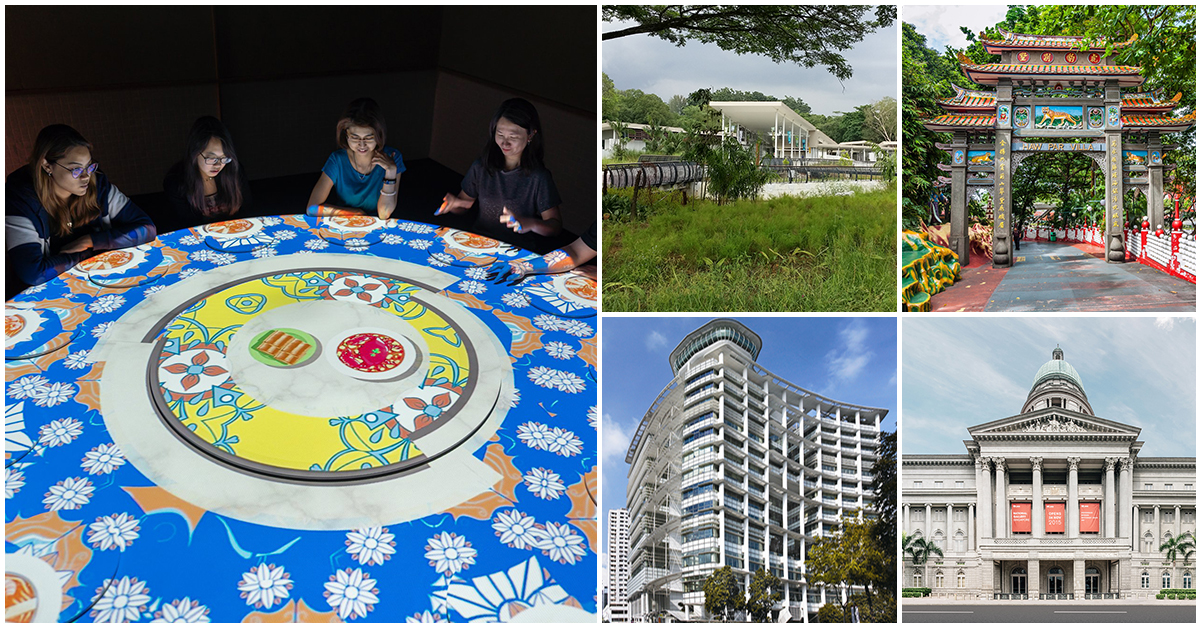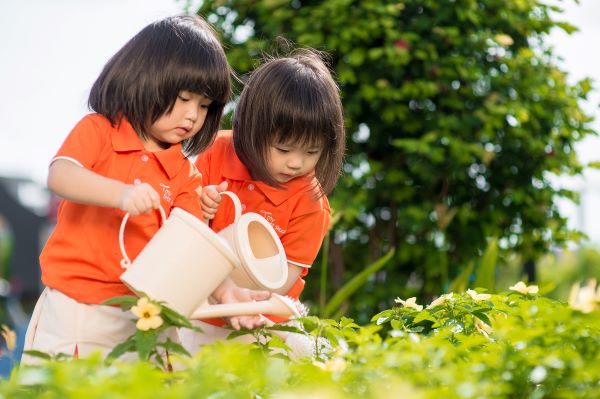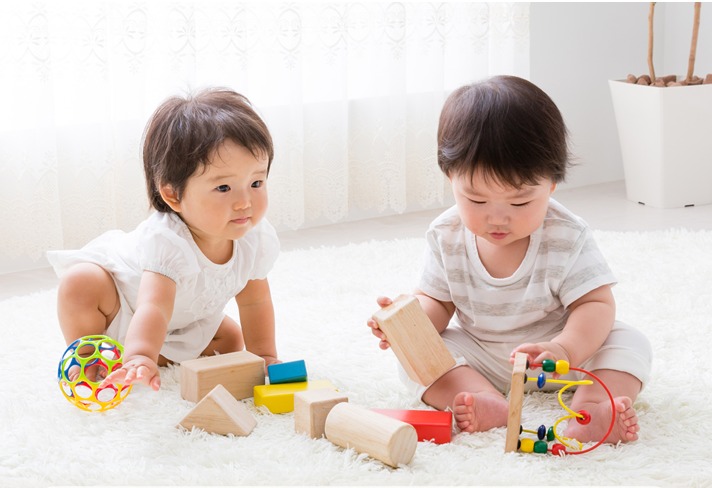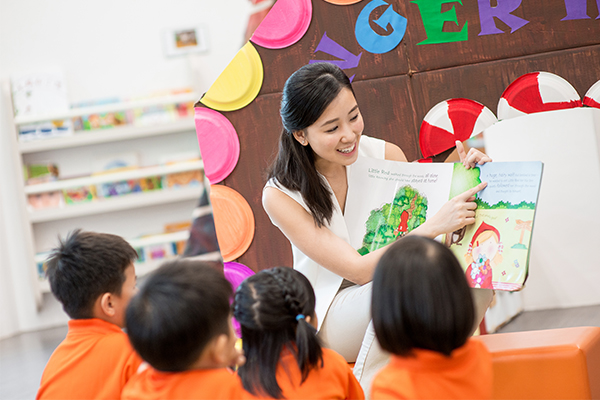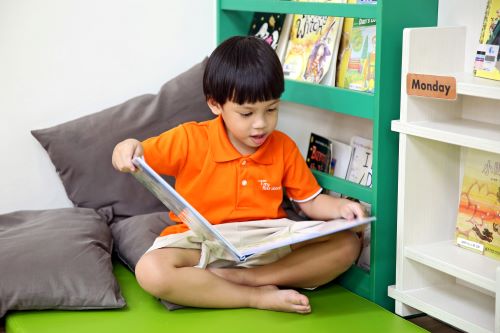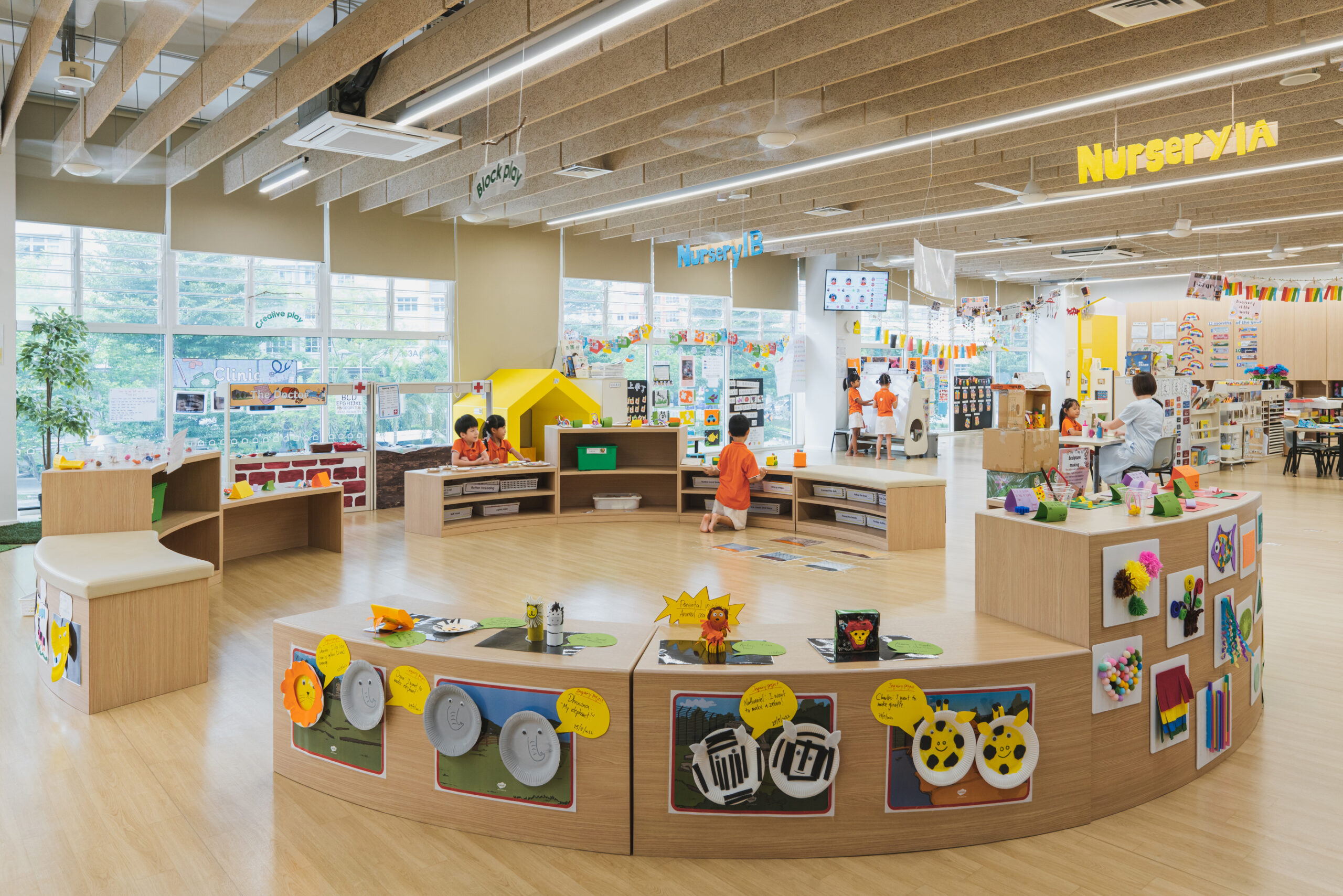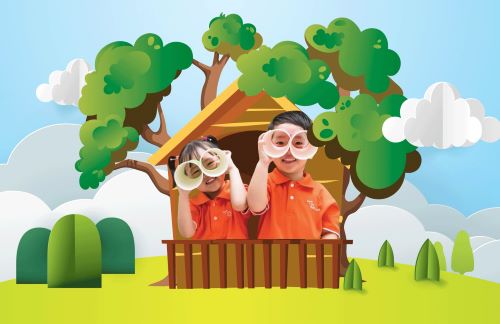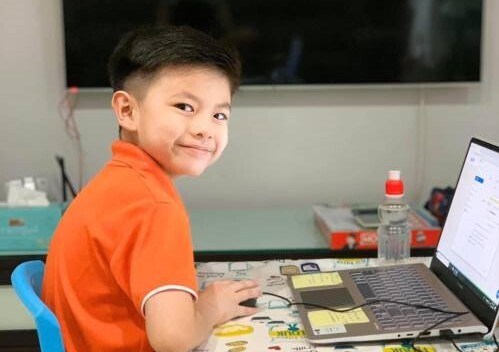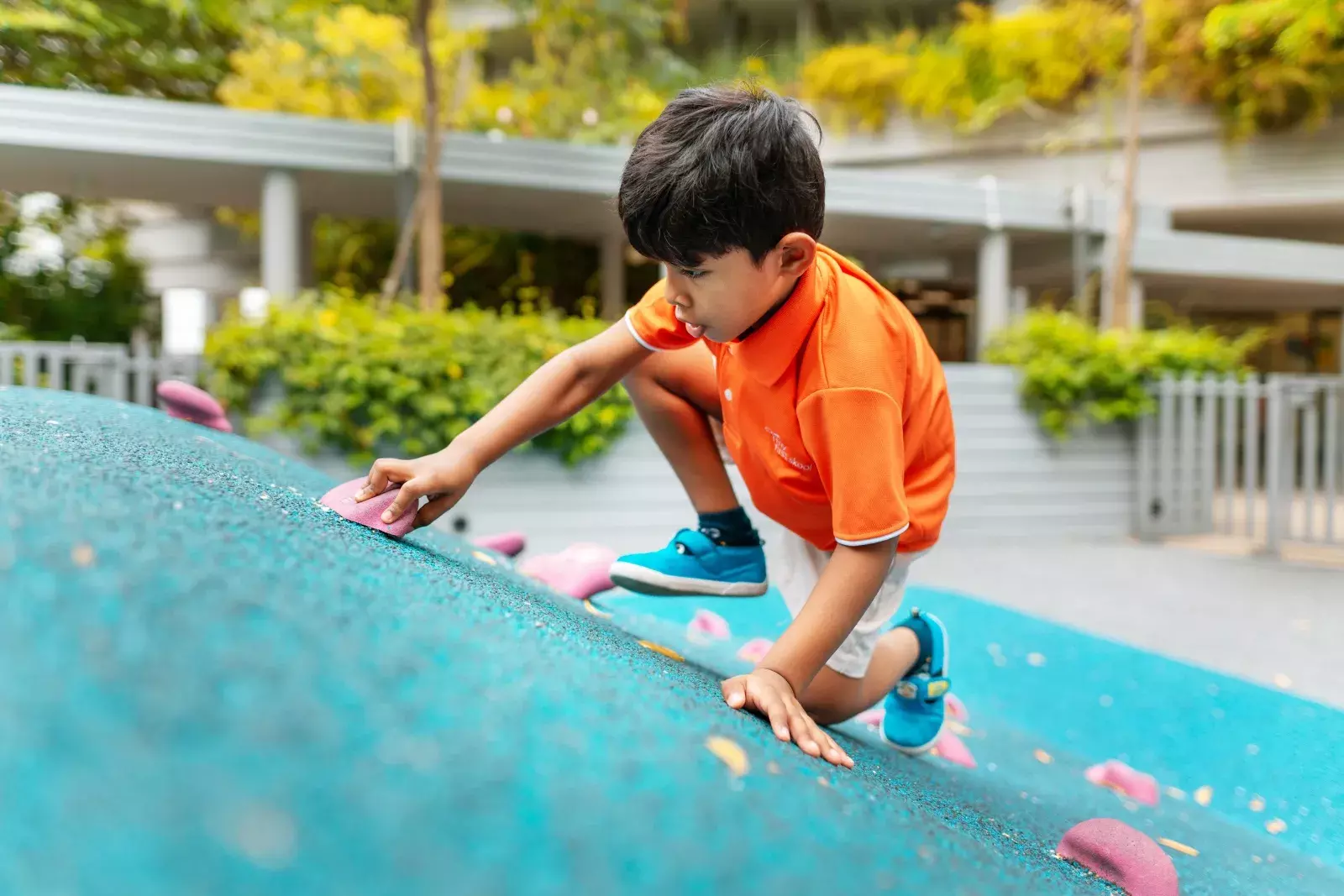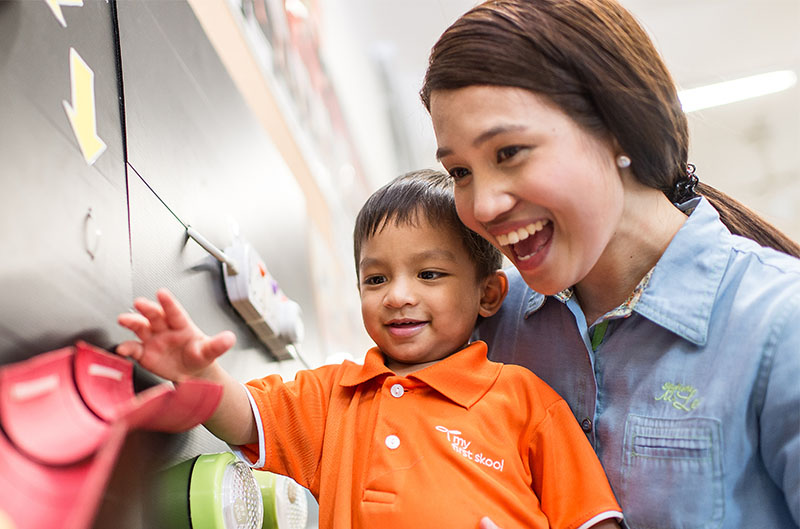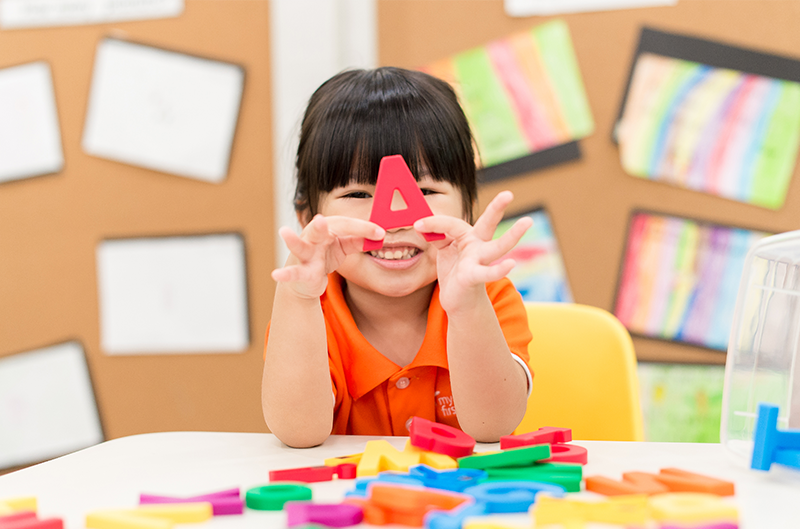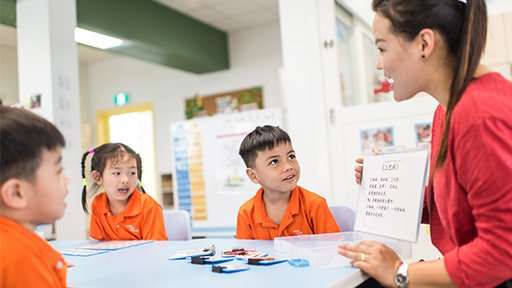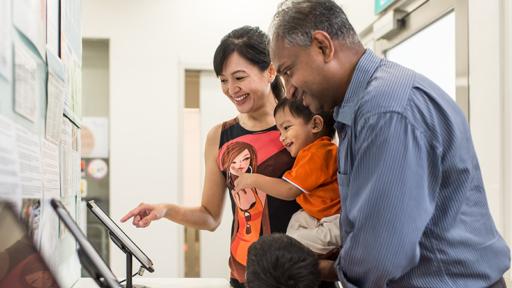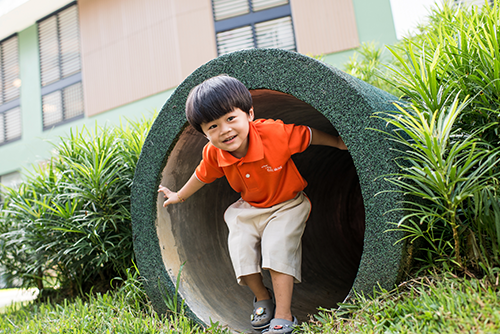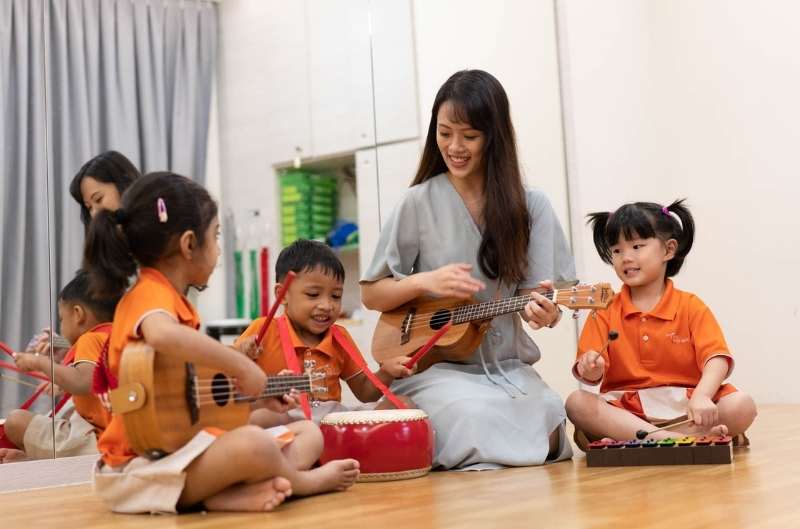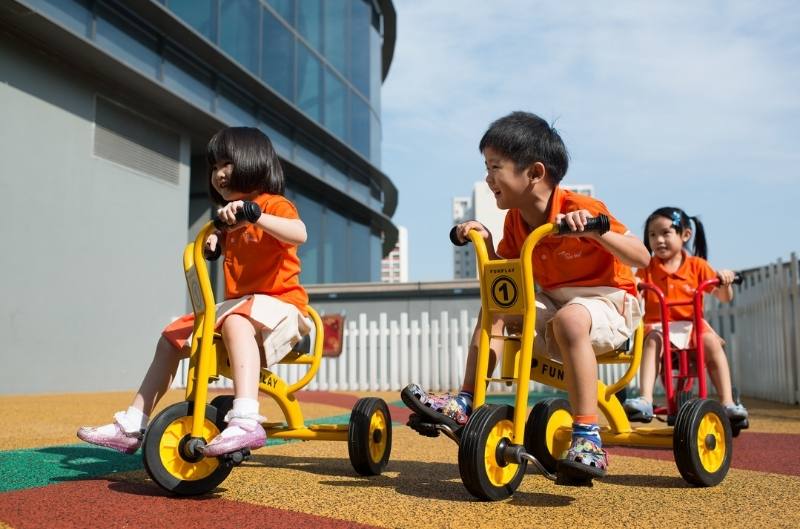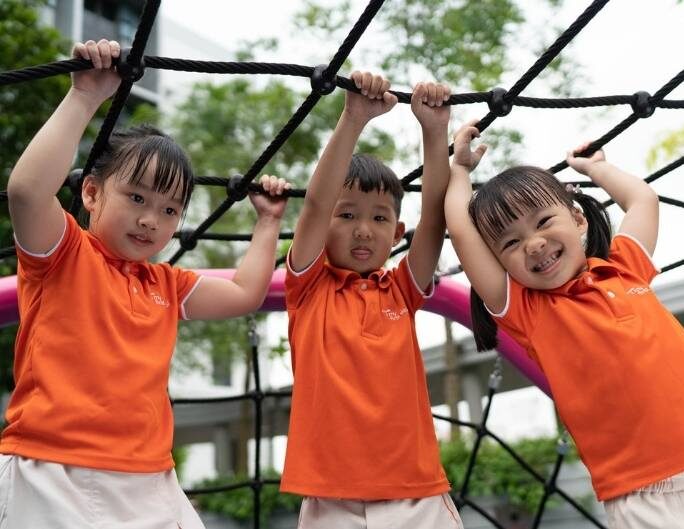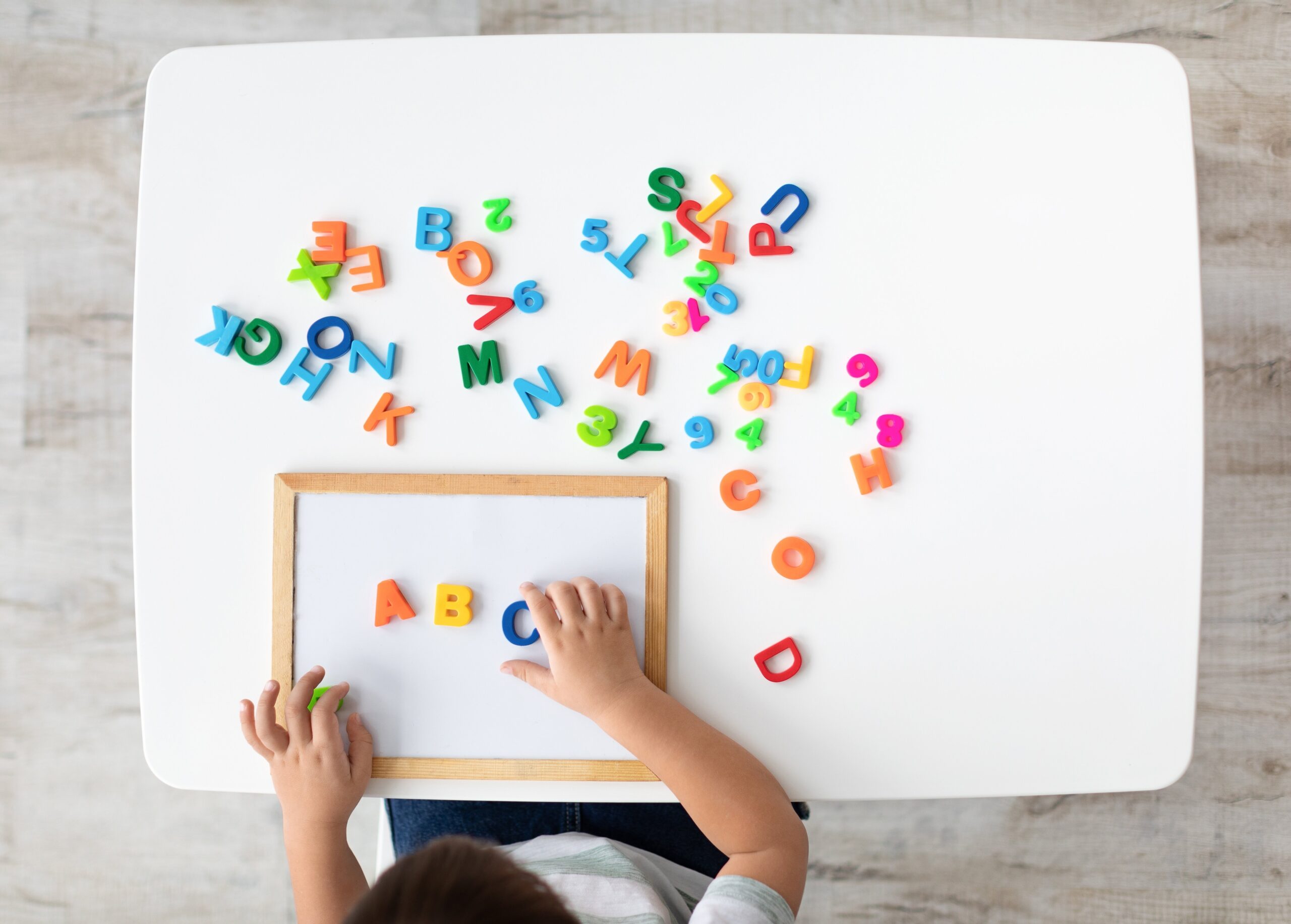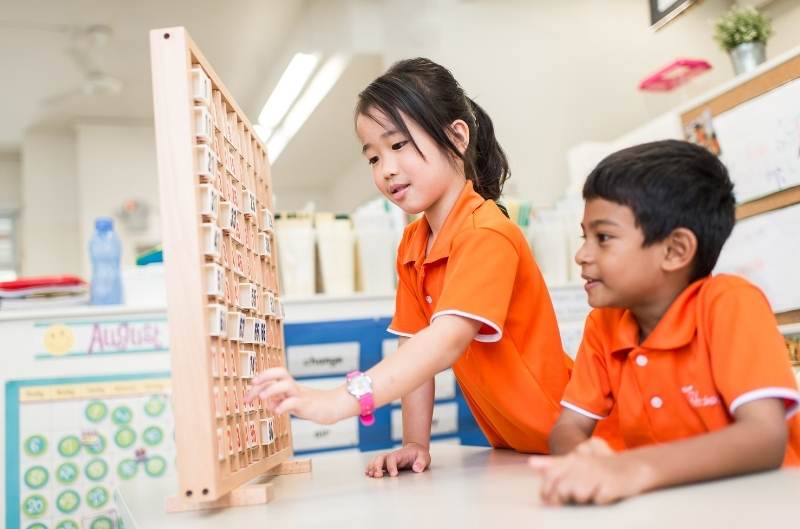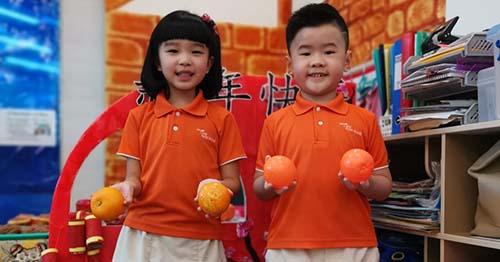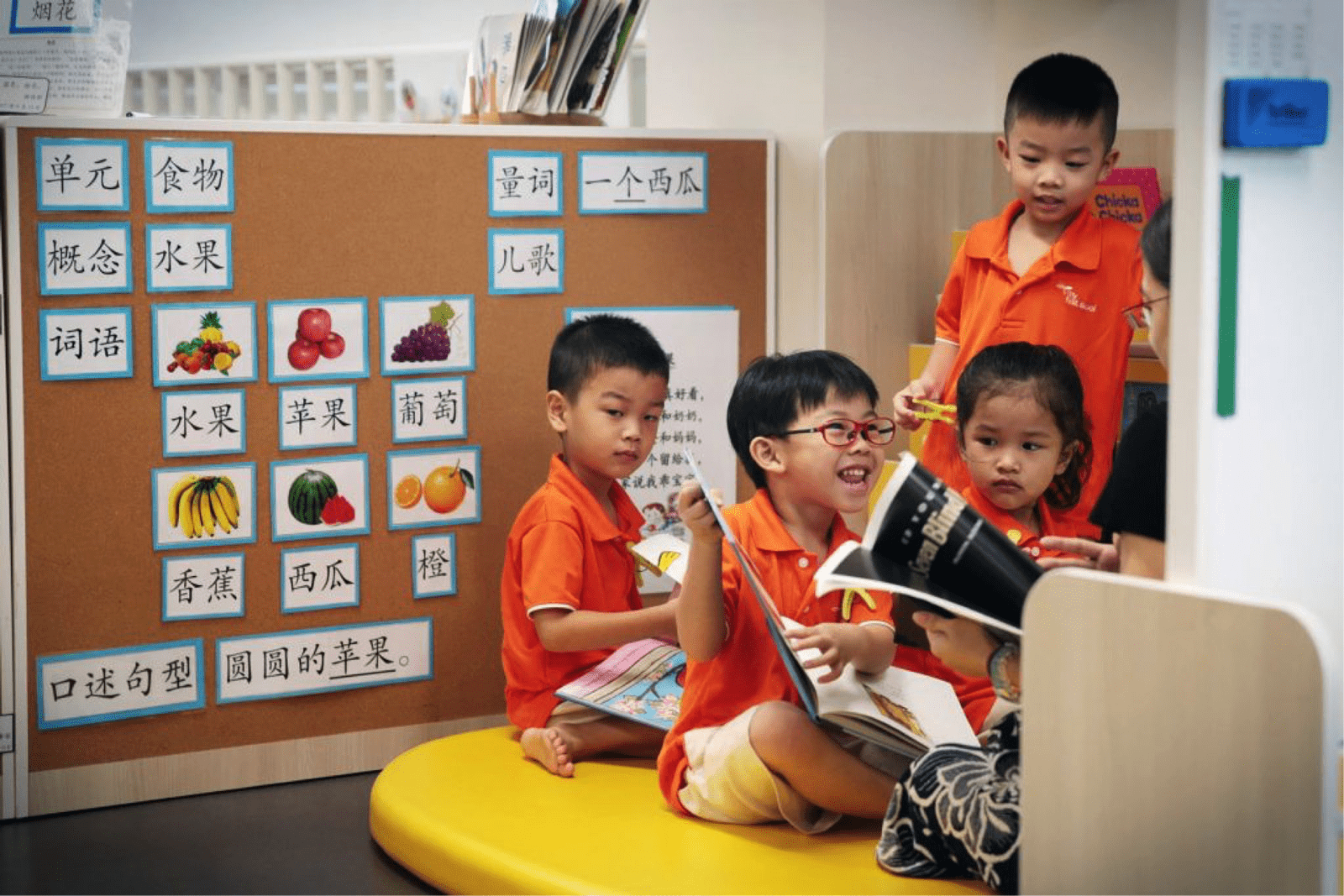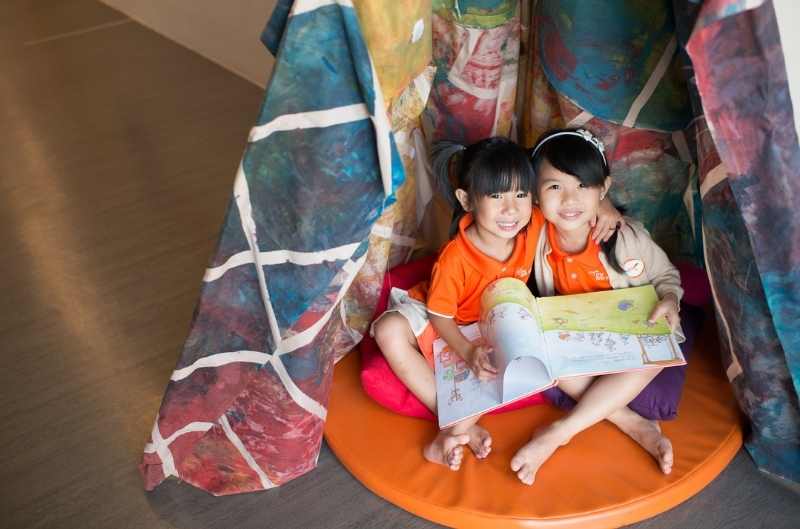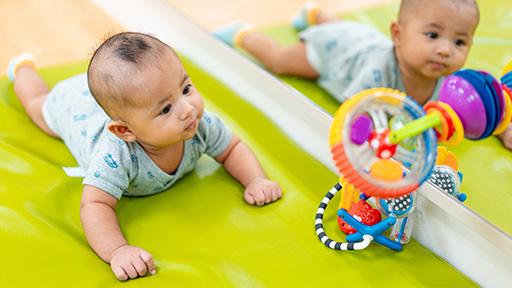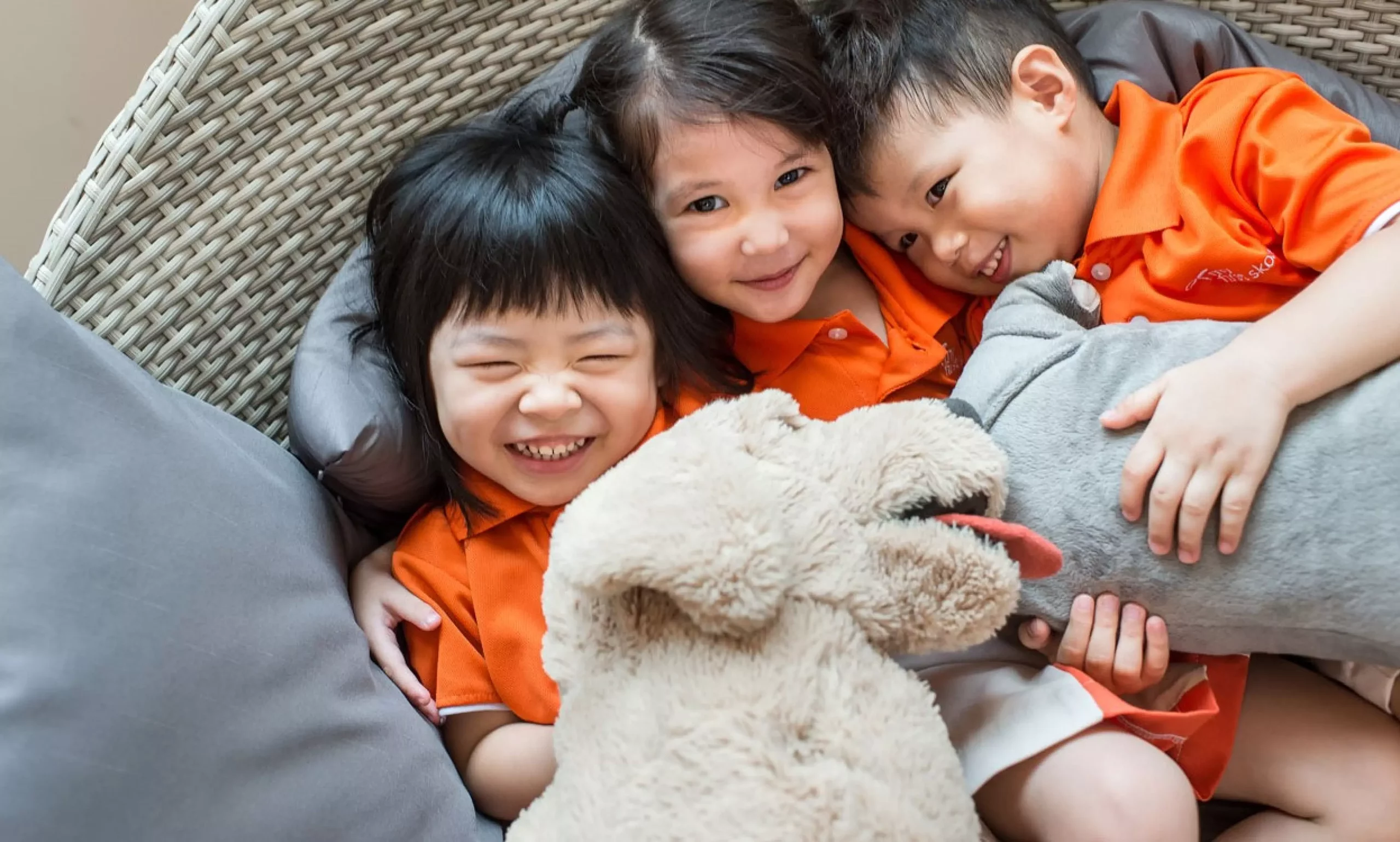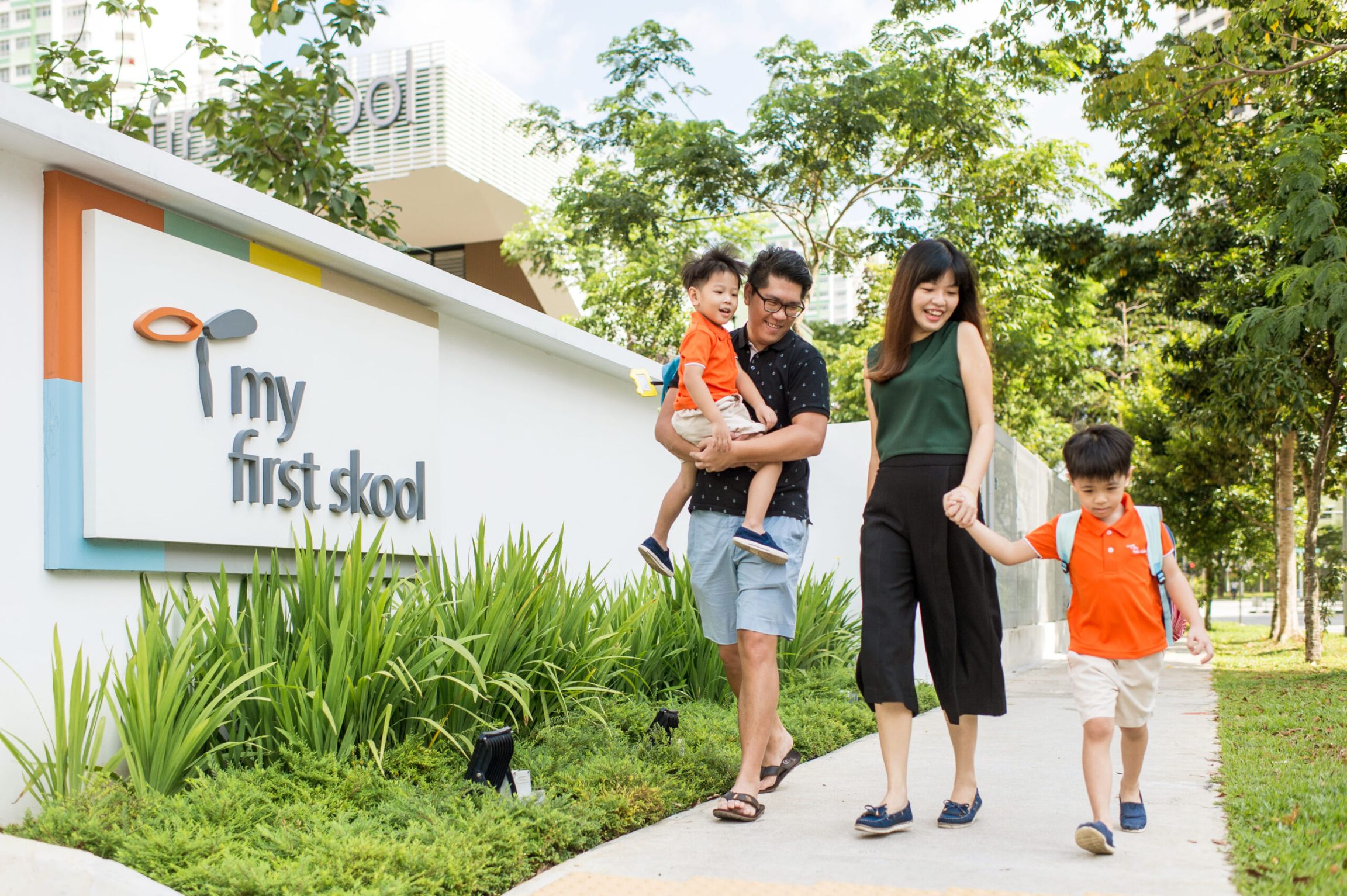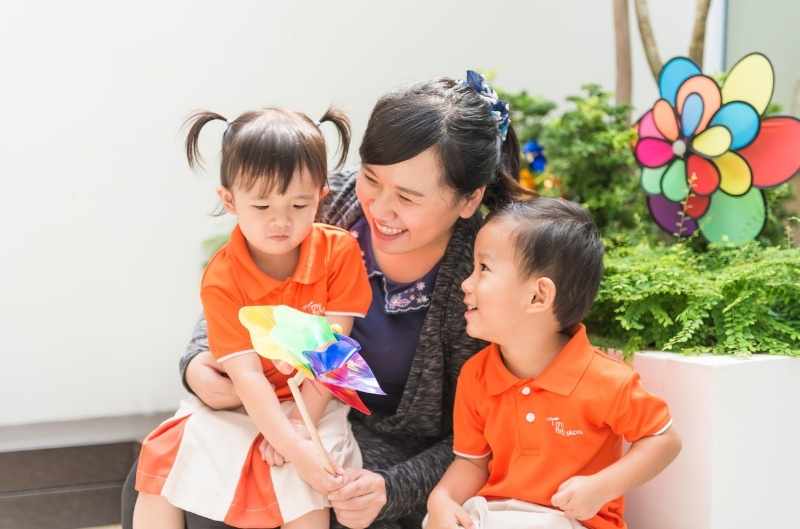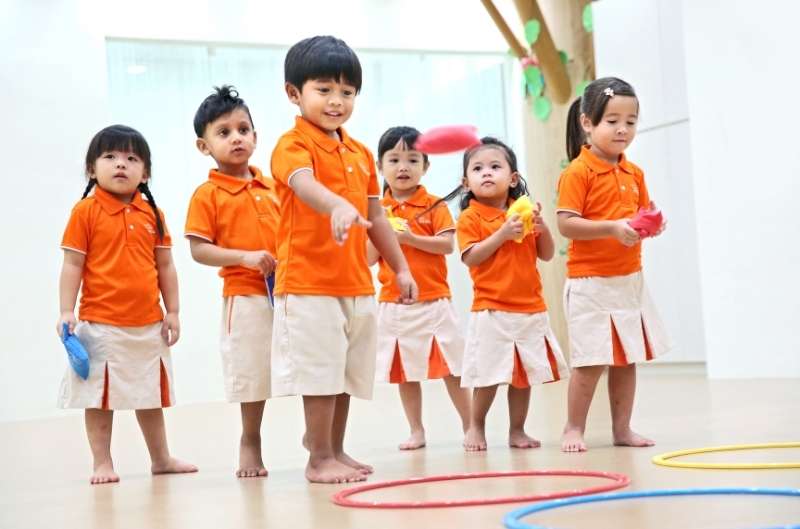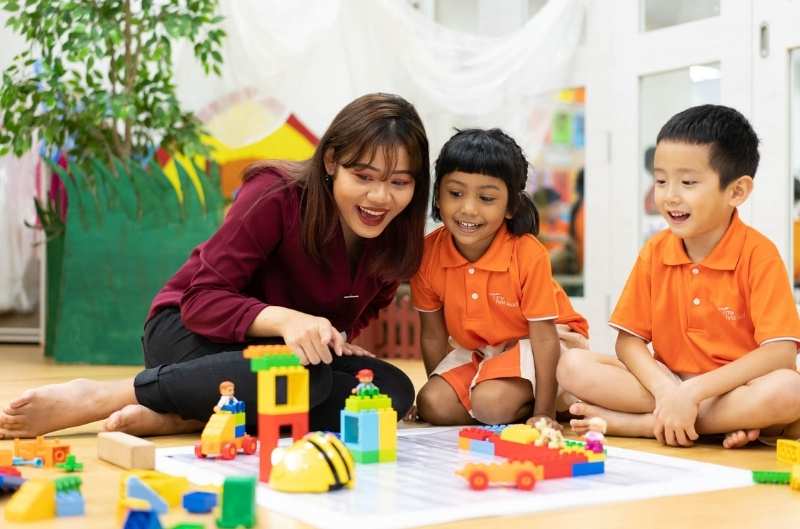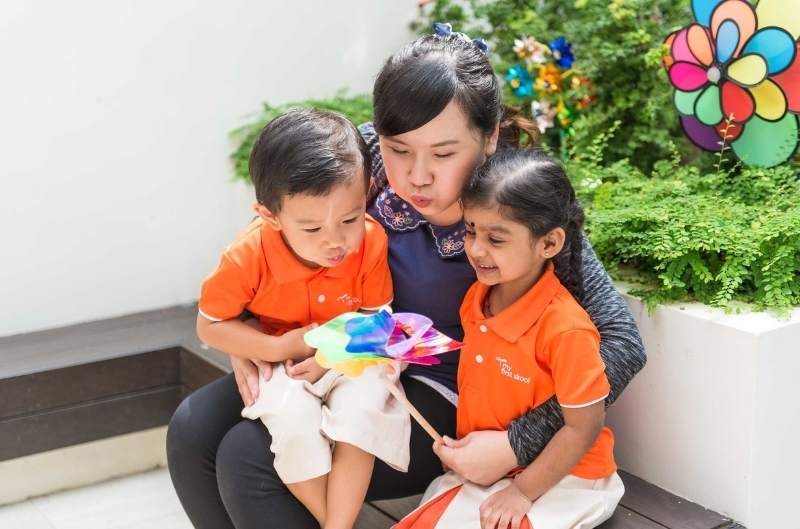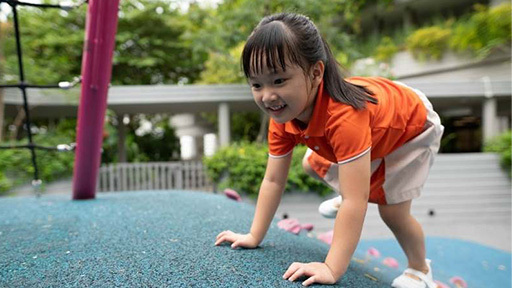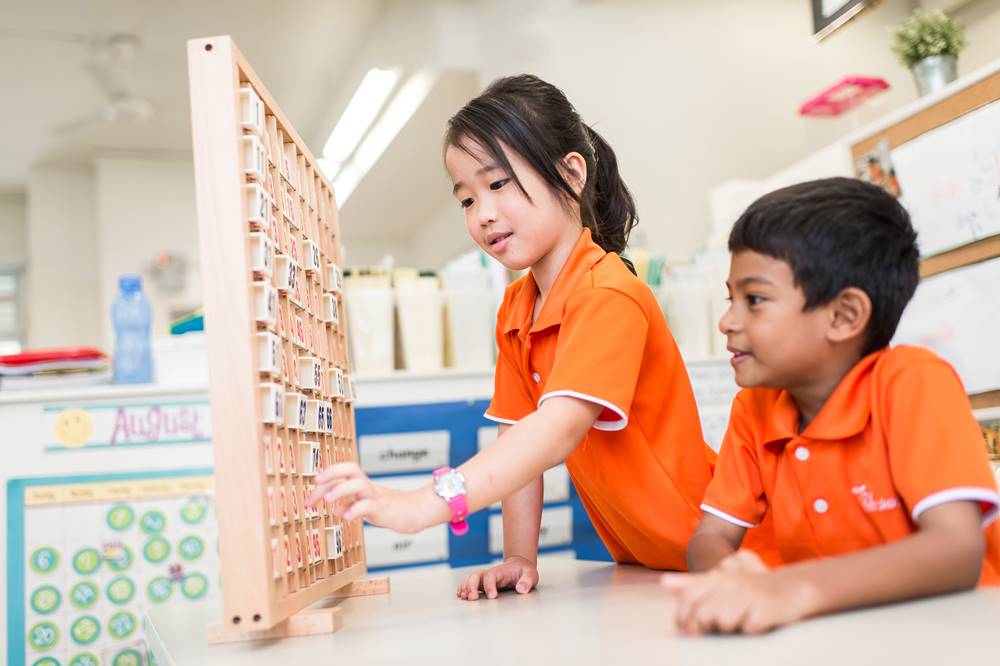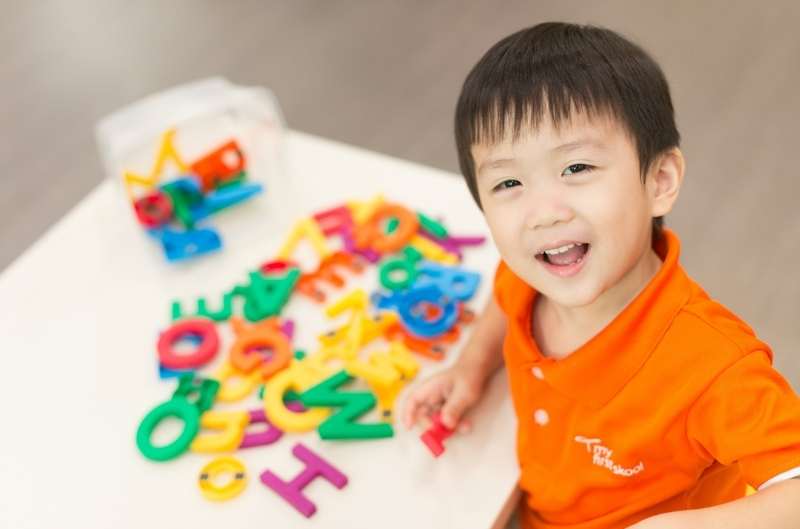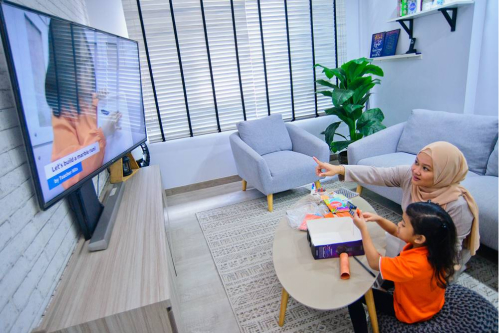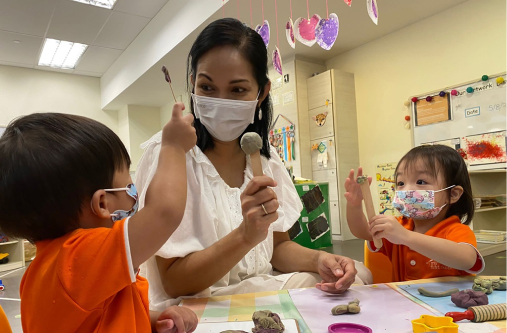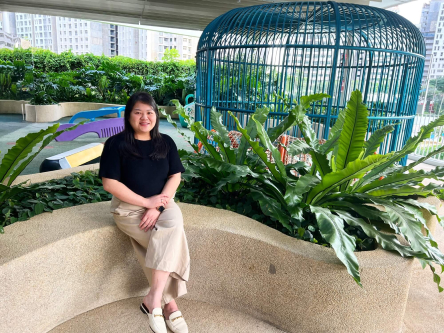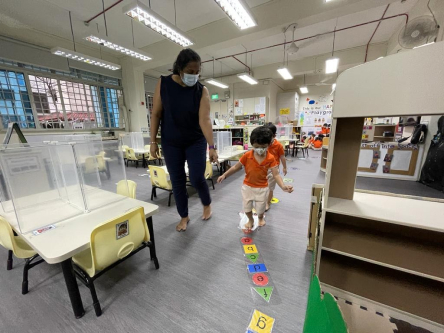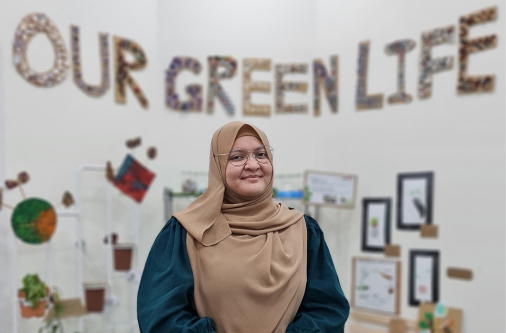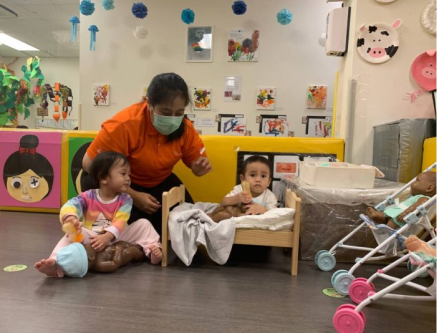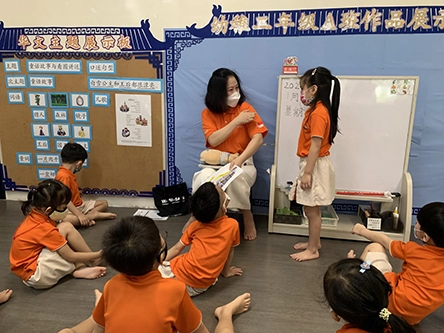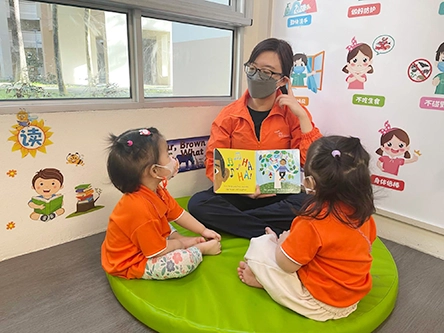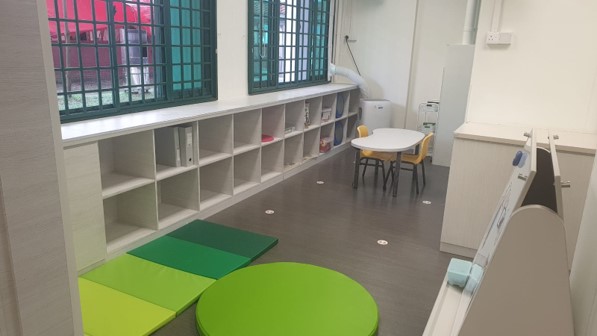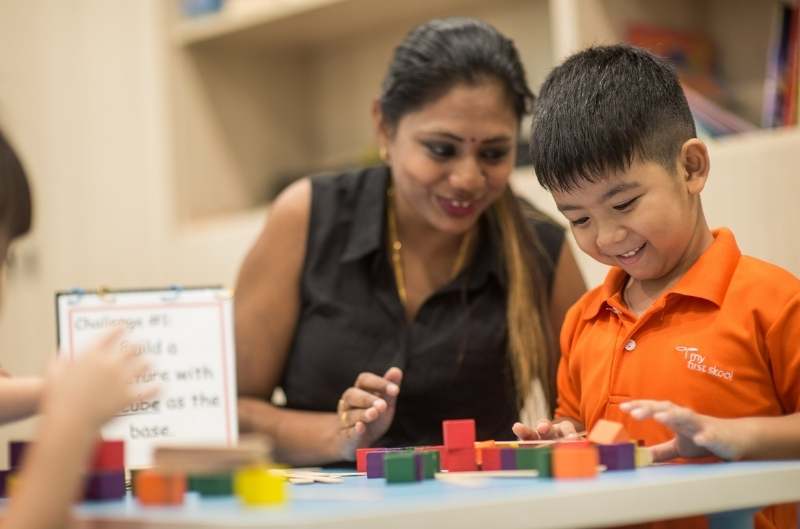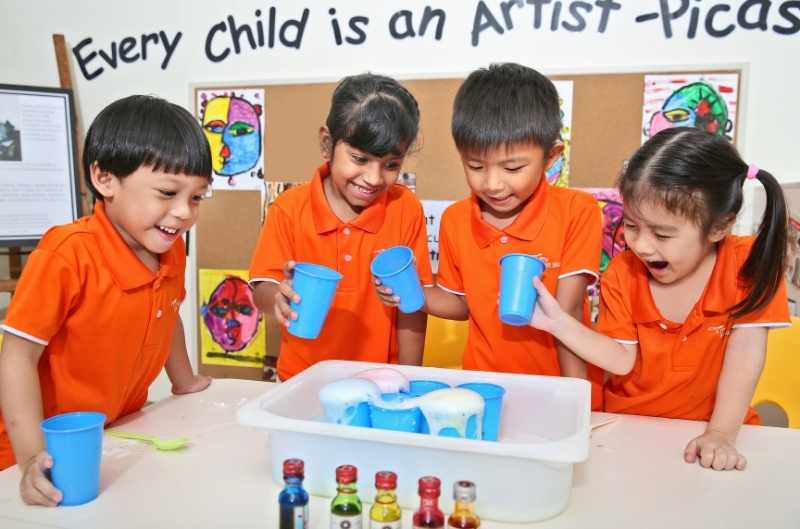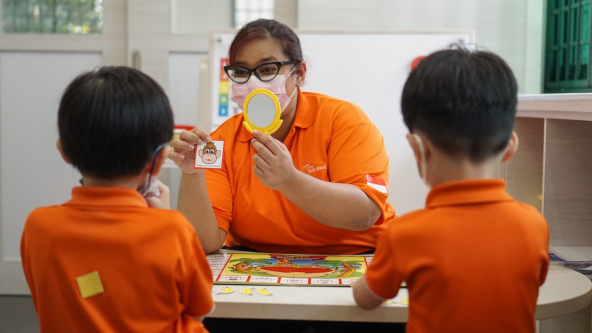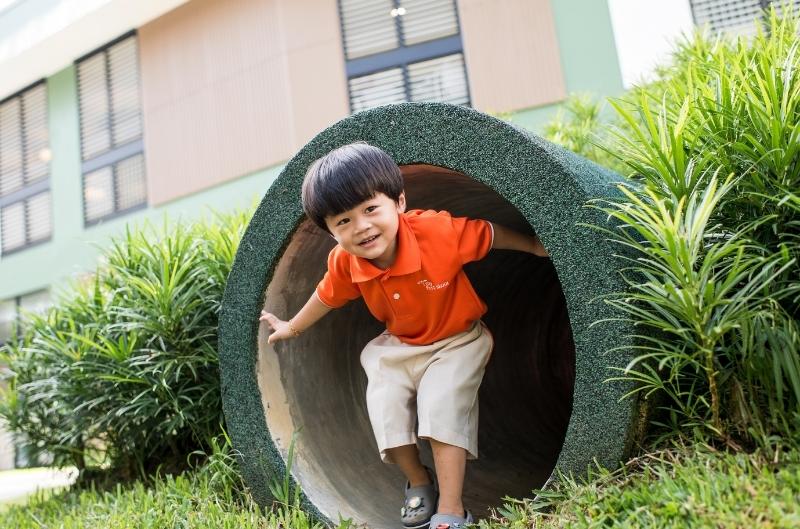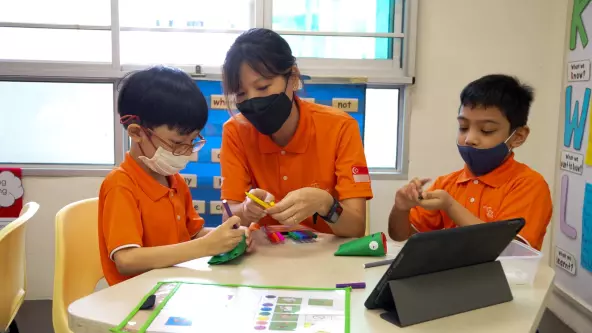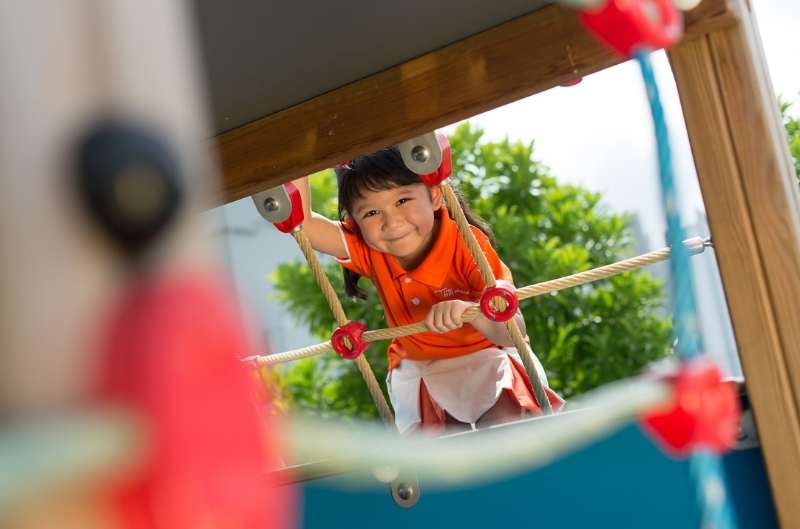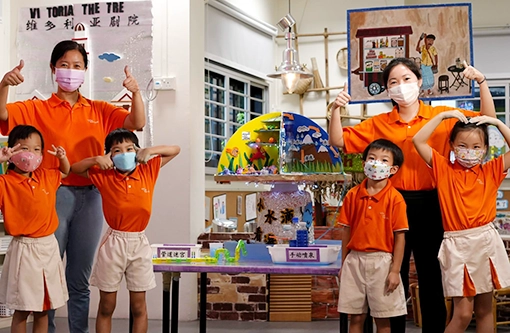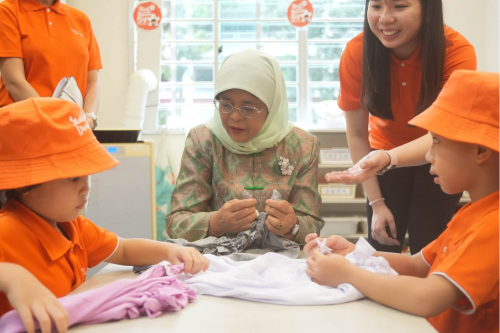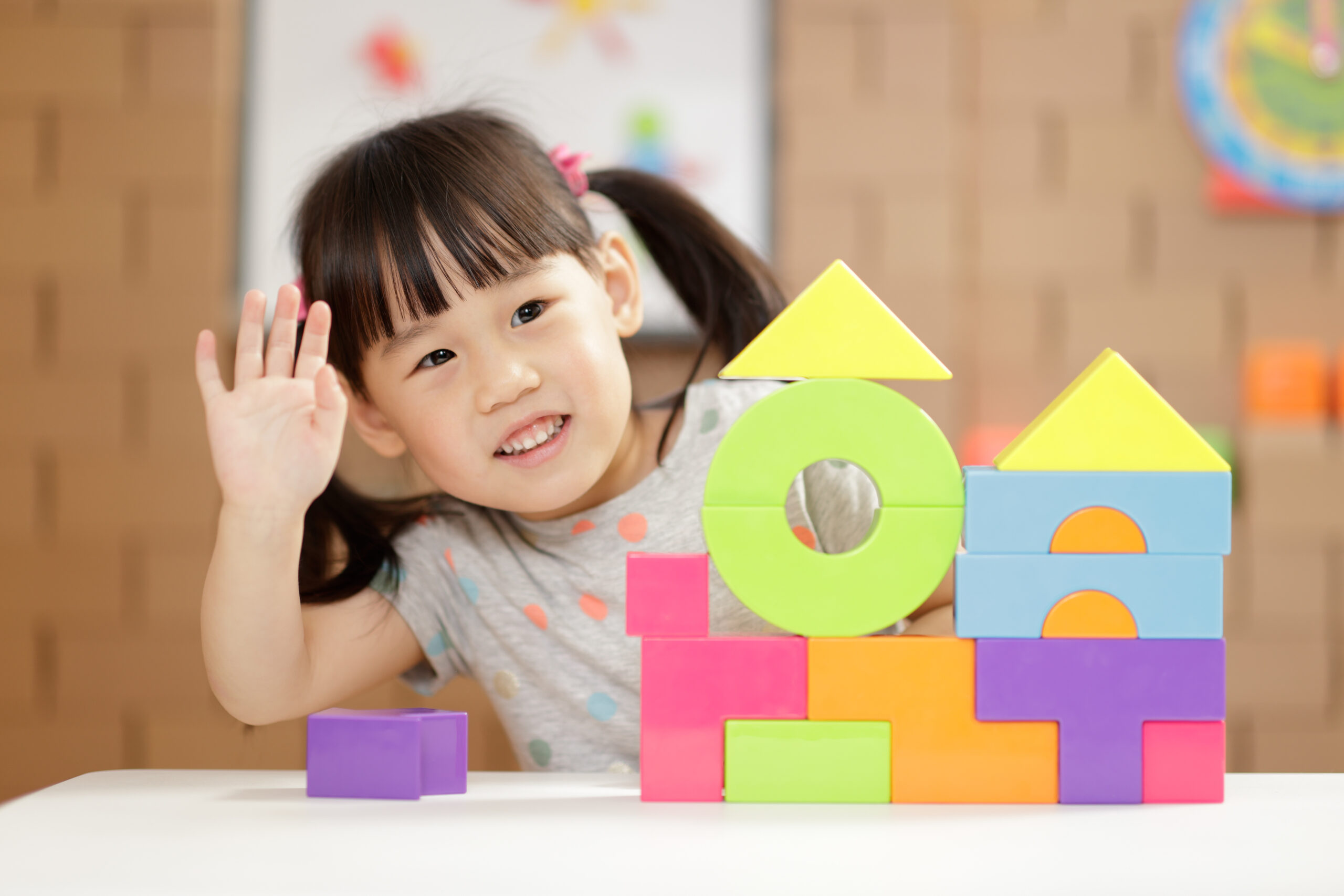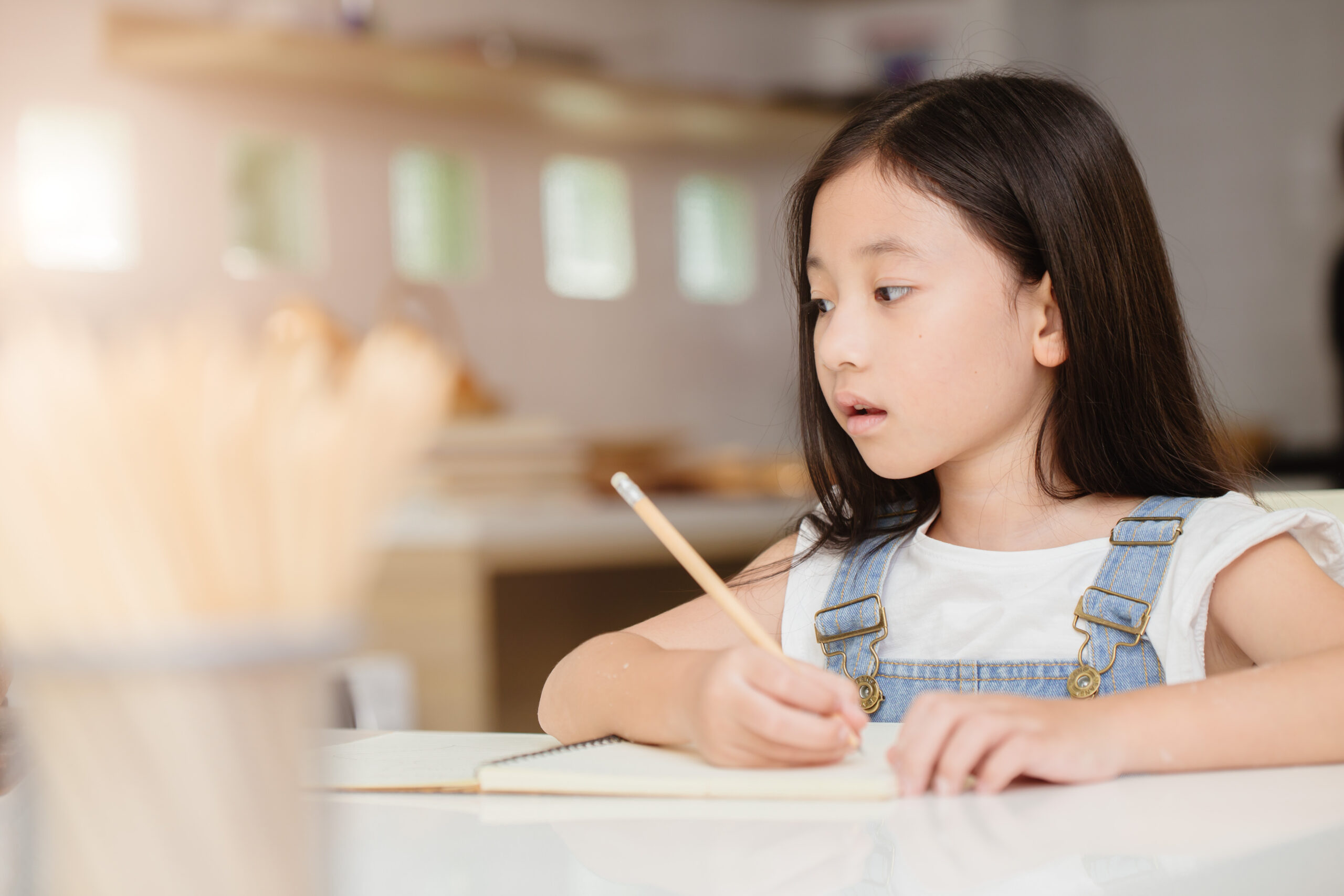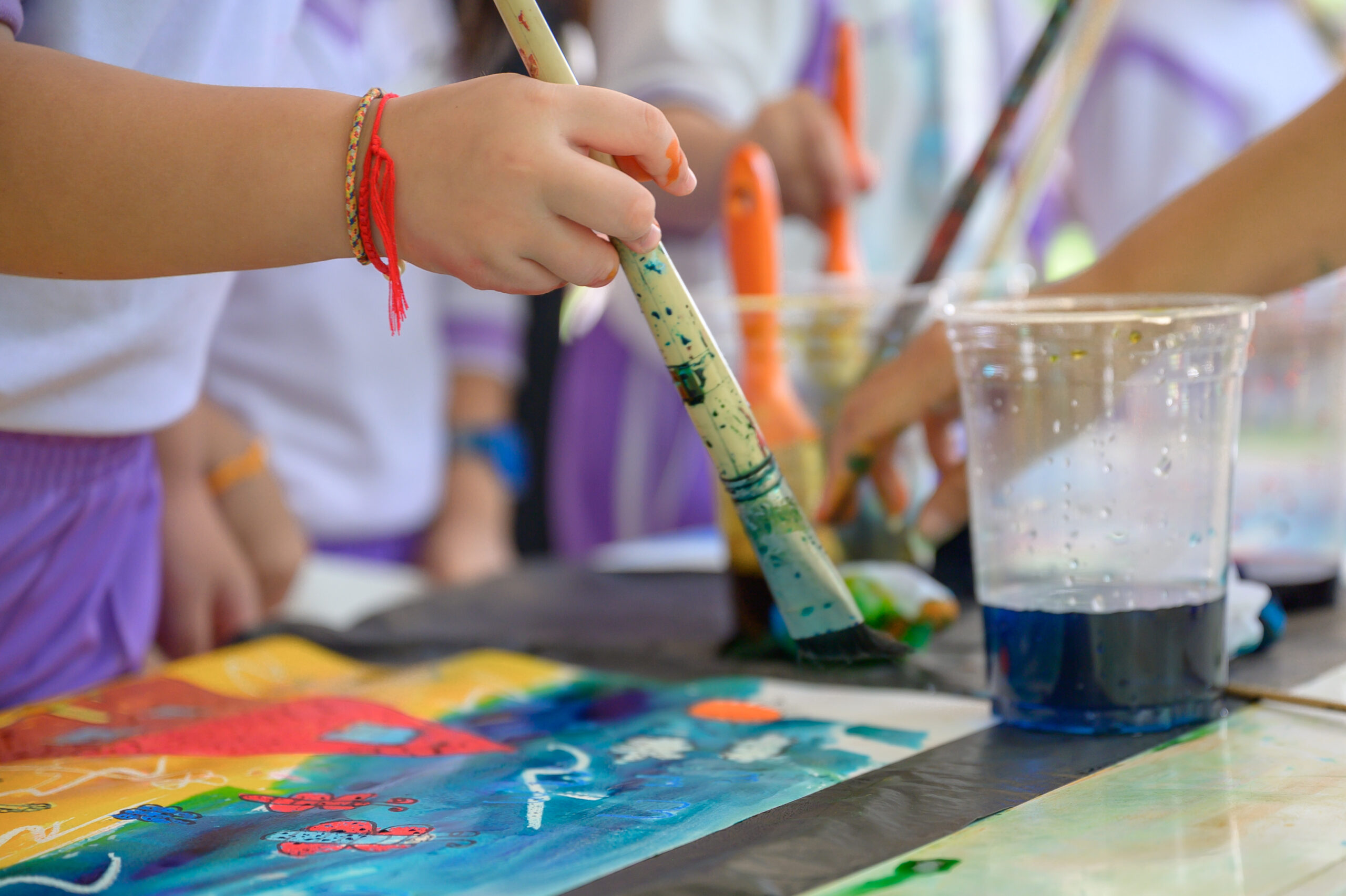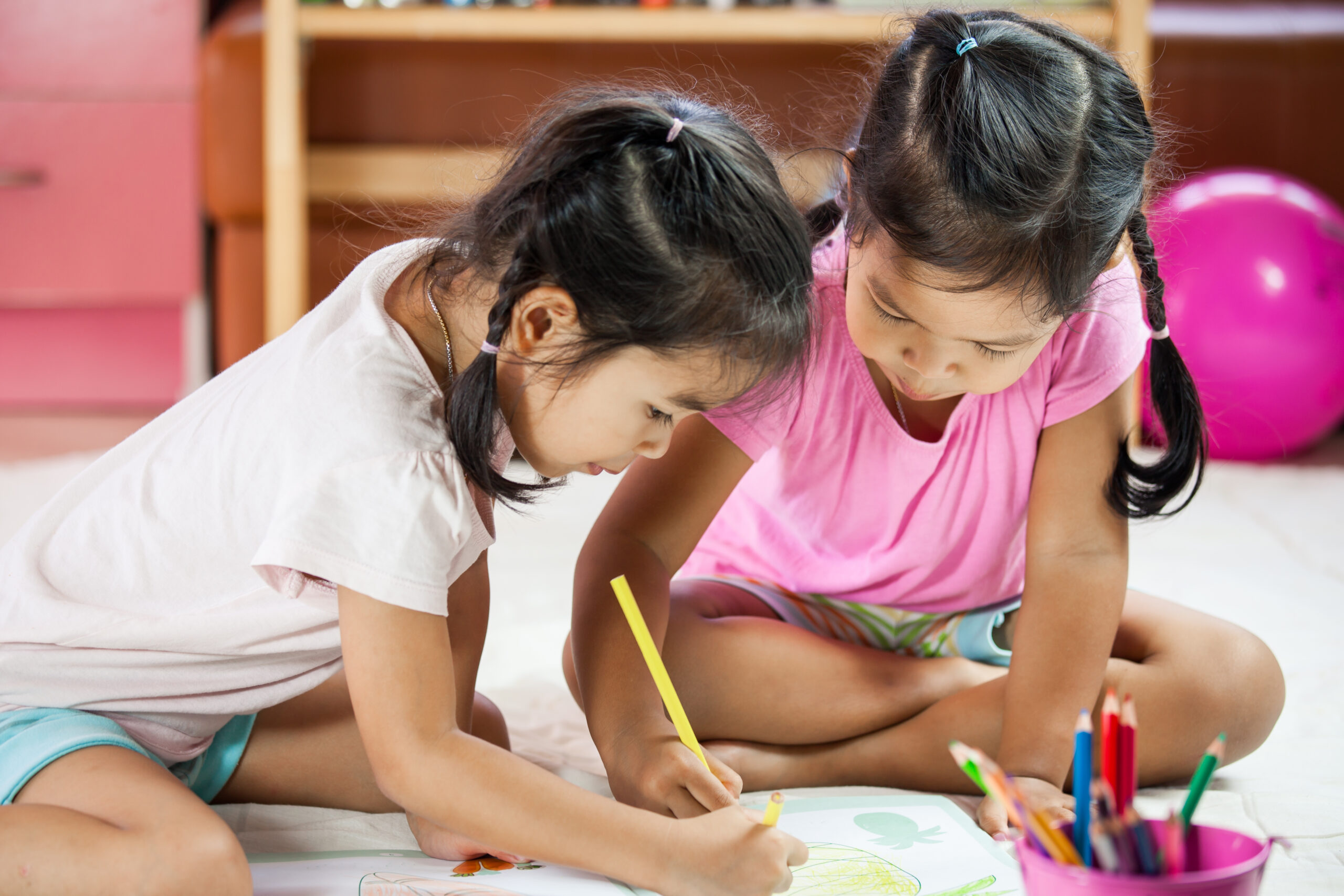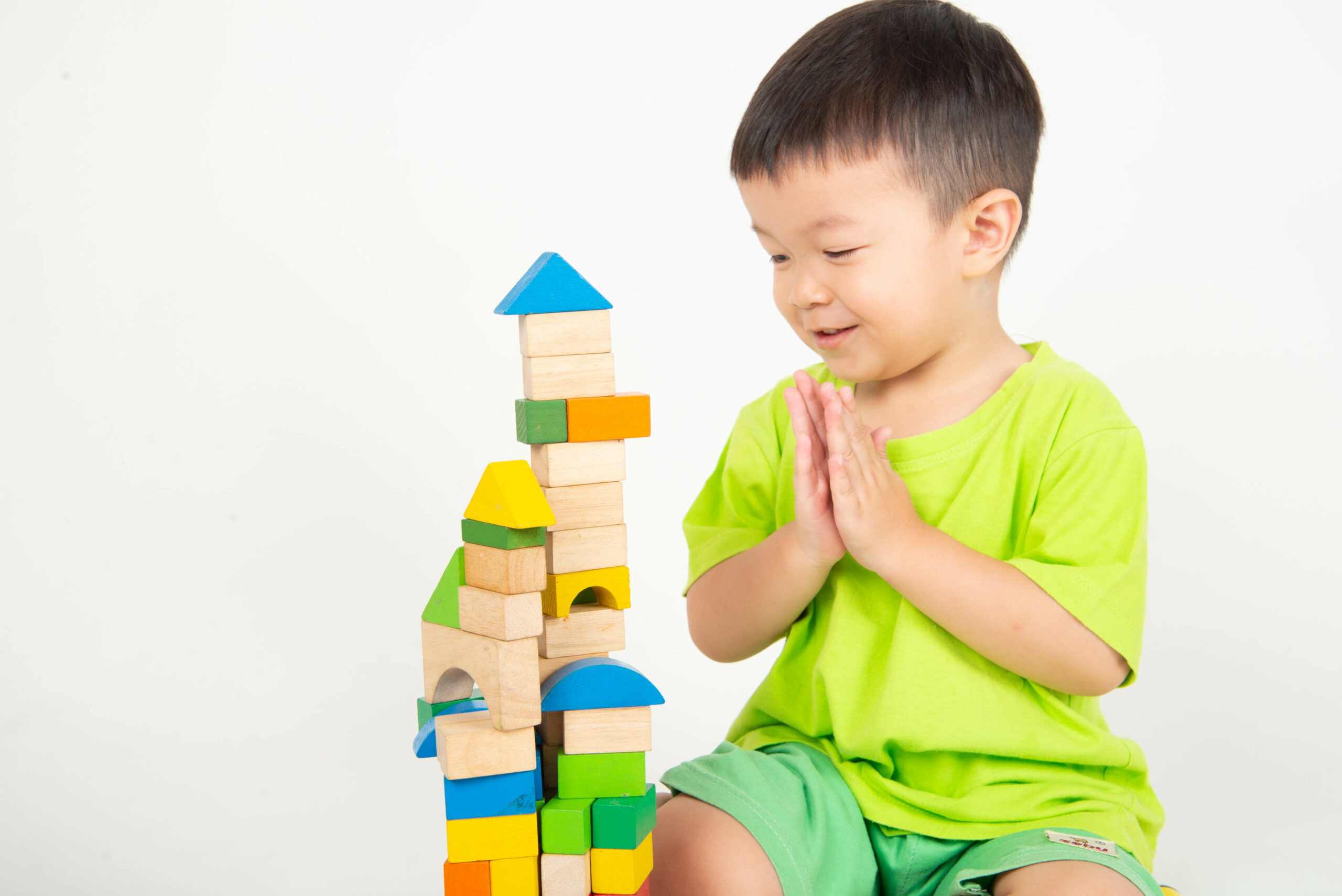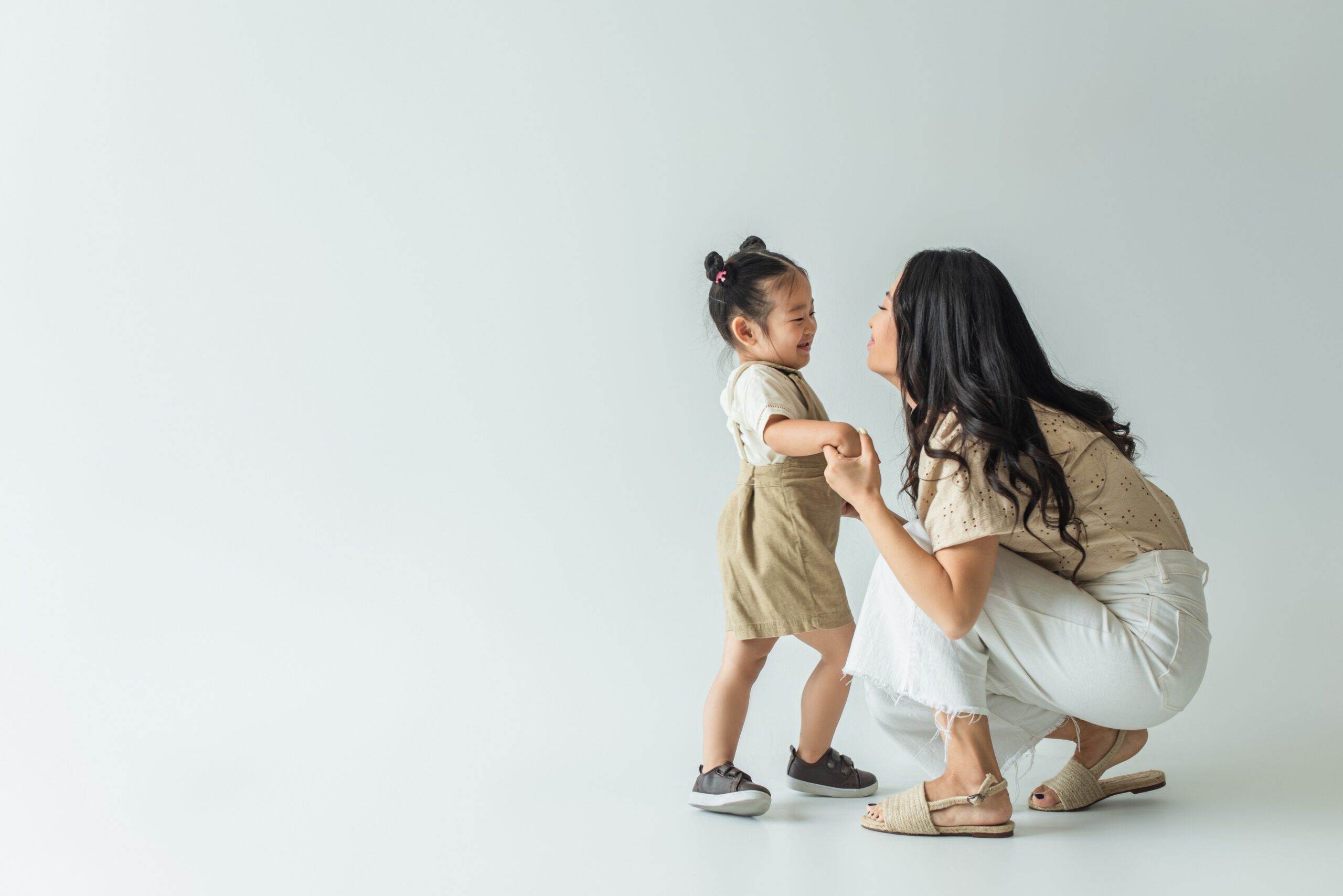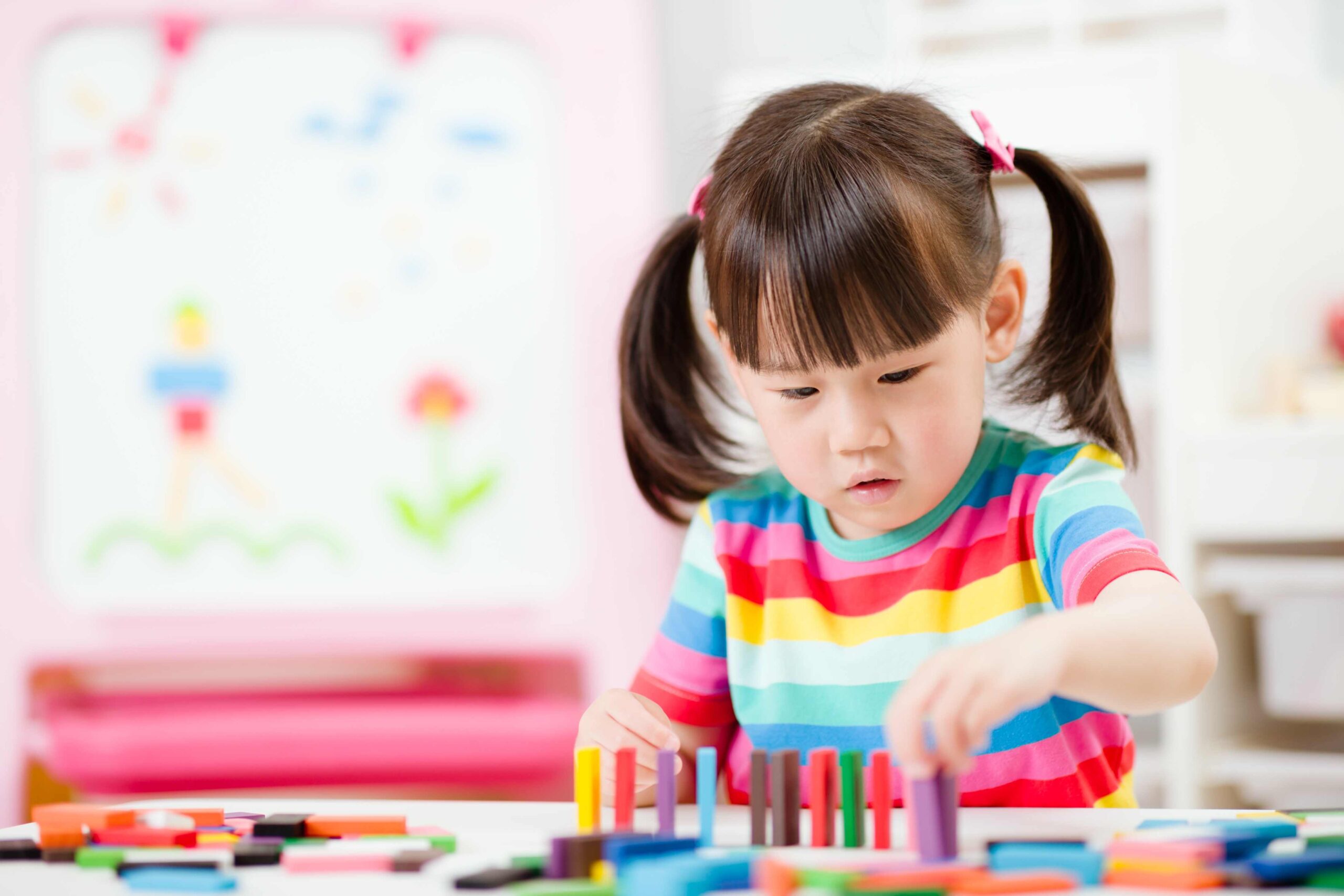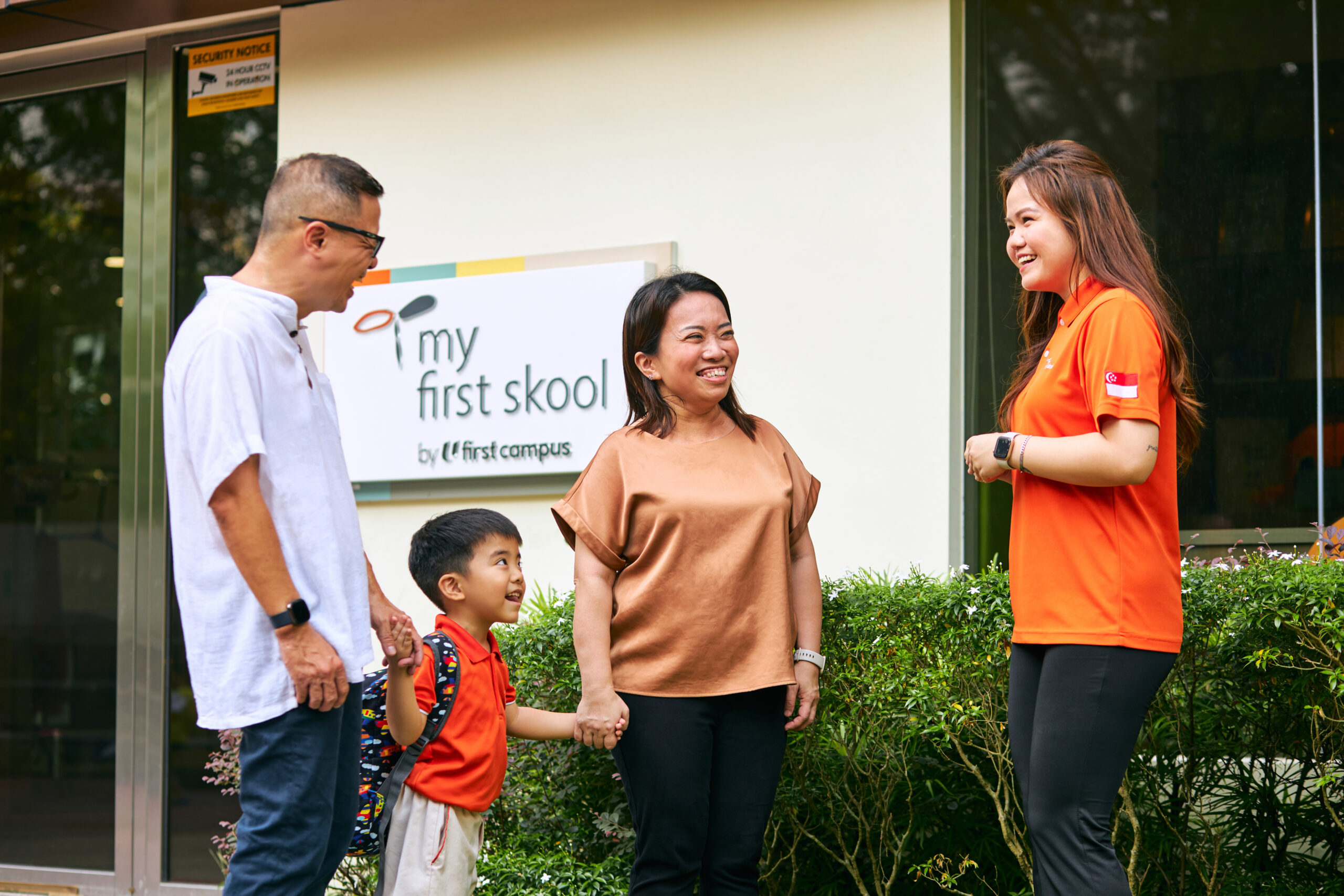How can we help?
The Ingredients of a Good Learning Environment
Learning Environment
Positive Parenting
With Singapore’s circuit breaker in full effect, parents are spending lots of time at home with their little ones. This presents a perfect opportunity for you to bond with your child, while helping them to learn, grow and develop. And to do so, you’ll want to create an ideal learning space at home.
We’re here to help. At My First Skool, we’ve put a lot of research and thought into creating amazing learning environments that inspire children to grow to their fullest potential. Today, we’re letting you in on the secret ingredients we use to create our child-friendly learning environments – secrets you can easily apply to your home.
Creating an Amazing Learning Environment
These are the eight basic principles we observe when creating an effective learning environment.
1. Safety and Health
Because of their curious and active nature, children can get into all sorts of trouble. While each of our classrooms has several pairs of eyes looking after children, you’re likely to be the only one (or one of two people) looking out for the safety of your child at home.
To make your child’s learning space safer, make sure all equipment, materials and furniture in their learning space are safe for them to explore, touch and be curious about. Cover up sharp edges, avoid drawers and cupboards that could tip over if climbed on, and ensure everything in the space is durable and of good quality (i.e. made of non-toxic materials, will not break and become choking hazards, etc.)
2. Age Appropriateness
When designing a learning space for your child, it’s important to consider your child’s age. This will determine what their learning space should look like. At My First Skool, we are able to create different spaces and purchase equipment that’s ideal for children of various age groups – such as toddler-friendly furniture that is suitable for their size and height, as well as immersive spaces for older children that are used to showcase their artwork and science projects.
At home, you can set up cosy corners for your child to learn and play, using these age-appropriate ideas:
0 – 12 months: Place a playmat on the floor, and have some hanging mobiles and mirrors for self-exploration.
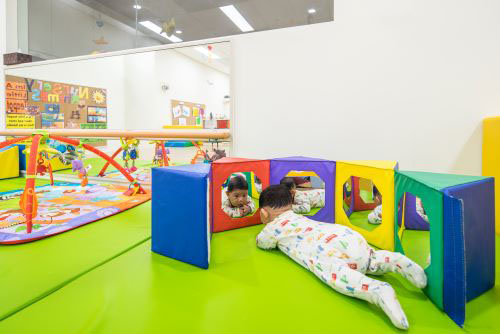
12 – 18 months: Fill this corner with a playmat and toys that help to develop sensory and motor skills as they are likely starting to toddle around at this age.
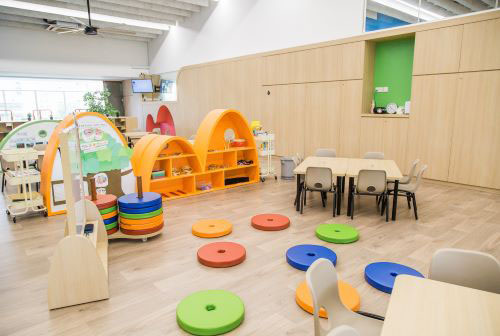
18 months – 3 years: Include toys that build life skills (like independence and decision making). Take reference from @learningzone Instagram to set up a dramatic learning corner for your child to engage in role-playing.
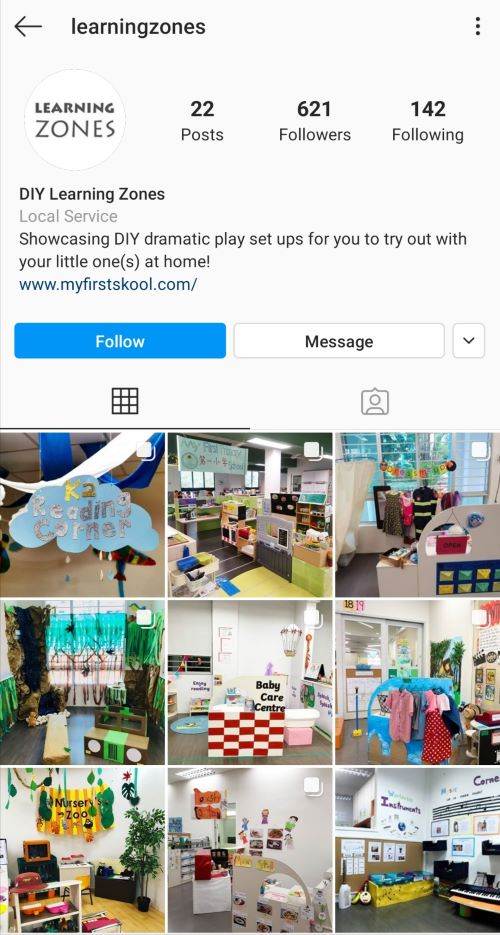
4 – 6 years: As the child grows and develop, it’s good to set up a reading corner with books as well as a learning corner that is more advanced with literacy and numeracy concepts like a grocery shop, canteen or gas station for example.
Remember, the key is to fill this space with age appropriate toys, activities and equipment (and not just any hand-me-downs or random toys).
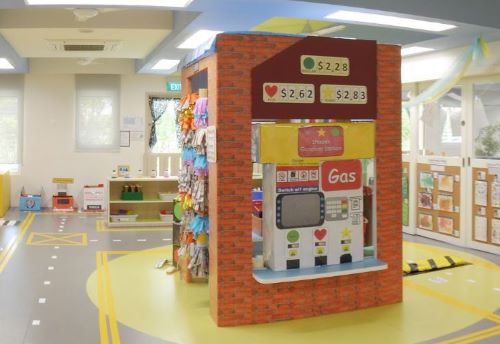
3. Comfort and Softness
It’s essential that your child’s learning environment is clean, uncluttered and feels comfortable. This will allow your child to feel secure in the space and learn things more quickly.
In our schools, we achieve this by including “soft” elements, such as cloth drapes and picture frames, in our classrooms. These elements give children a sense of space, calmness and security. You can do the same for your home too – easily, quickly and affordably.
4. Competence and Autonomy
It’s important to develop competence and autonomy in children from a young age – and yes, even in pre-school, your child isn’t too young to pick up these lifelong skills. In our school environment, we designed pathways so children can move smoothly, quickly and independently from one area to the next so they can decide where they want to go and select the activities that they want to do. We also use specific walls to showcase children’s artwork as this helps in showcasing and celebrating their abilities.
How can you help your child develop competence and autonomy at home? Simple things like putting out varied materials or setting up different activity will go a long way as it allows them to choose the activity they want to participate in and how they want to use the materials provided (hint: a paintbrush does not have to be used for just painting! Your child could choose to use it as a pointer to mimic their teachers). You can decorate the area with some of their completed work too so they will feel proud and happy.
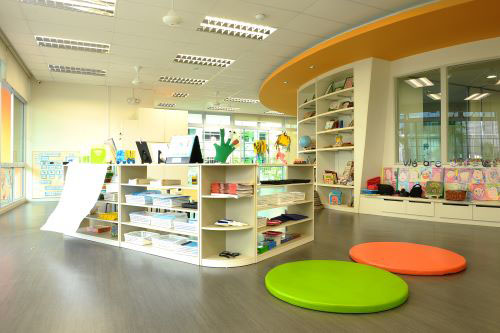
5. Order and Consistency
Children learn best when they’re focused. This means that their learning environment should have a certain level of order and consistency. For example, My First Skool classrooms are organised to model consistency and predictability, so our children know what to expect and enjoy sense of belonging as well as security.
At home, try to keep your child’s learning space to one standard area so he/she knows that the area belongs to him/her and is used for joyful learning.
6. Aesthetics
How does your child’s designated learning space look? Is it an enclosed area with nothing but four walls and a lightbulb illuminating the area? While learning can take place anywhere, an optimal learning environment is one with lots of sunlight, good ventilation and perhaps even a few plants to add a feeling of freshness.
Need some ideas? Take reference from My First Skool classrooms, which are designed to allow plenty of natural light and breeze in. Some of our classrooms also have potted plants, pets, paintings, 3D sculptures and artwork to ignite creative little minds.
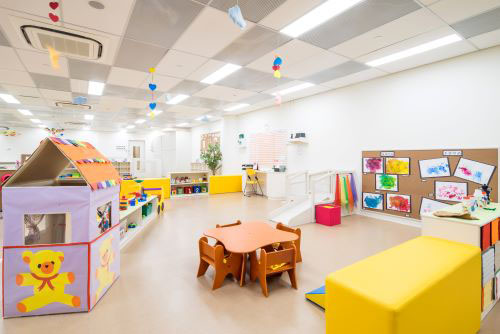
7. Privacy and Social Space
Whether you’re planning on turning your entire home into a learning environment, or transforming a quaint study area for this purpose, you’ll need to also consider your child’s need for “alone time”. Give your child a comfortable corner they can use when they’d like a little privacy to rest or be by themselves.
How is this implemented at My First Skool? Our learning spaces have cosy nooks and corners that give children the alone time they need, allowing them the opportunity to spend time resting or reading a book.
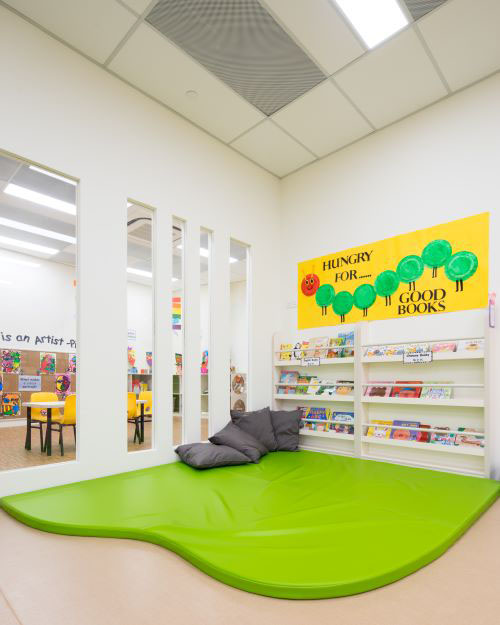
8. Adult Dimension
Of course, your home is more than a learning space for your child. First and foremost, it’s your humble abode, and a place for you to rest, work, play and spend family time in. This “adult dimension” is a reminder to keep yourselves (as parents) in mind, when designing your child’s learning space.
In our schools, our teachers have designated work spaces within classrooms. These areas allow teachers to work, monitor children during nap times, hold meetings, as well as relax and bond with one another.
Experience an Ideal Learning Environment in School!
See these eight concepts brought to life by taking a virtual tour of a My First Skool learning environment. Discover what makes our learning spaces special and ideal for children, then learn how you can more effectively implement these concepts into your home – and help your child fulfil their true potential!

